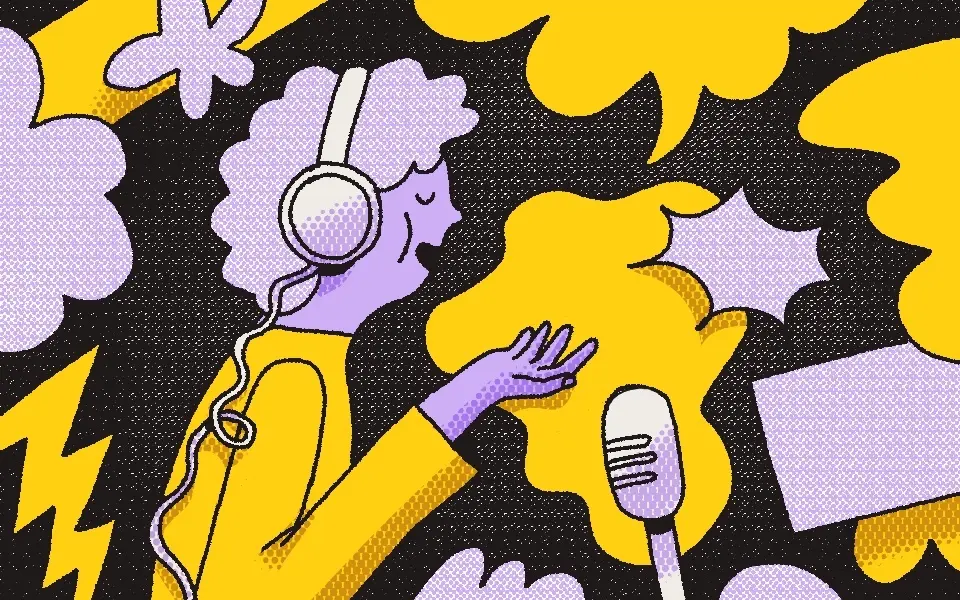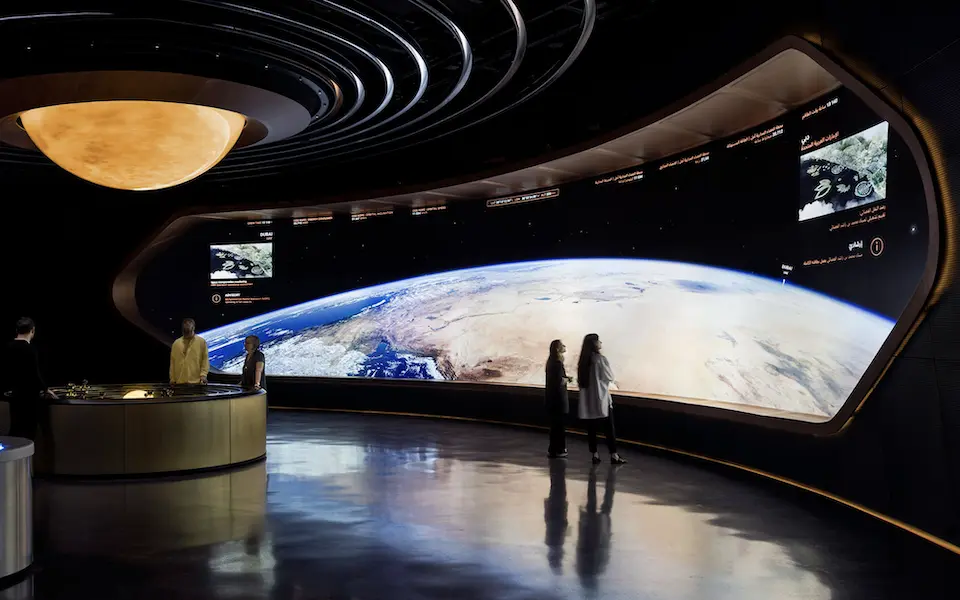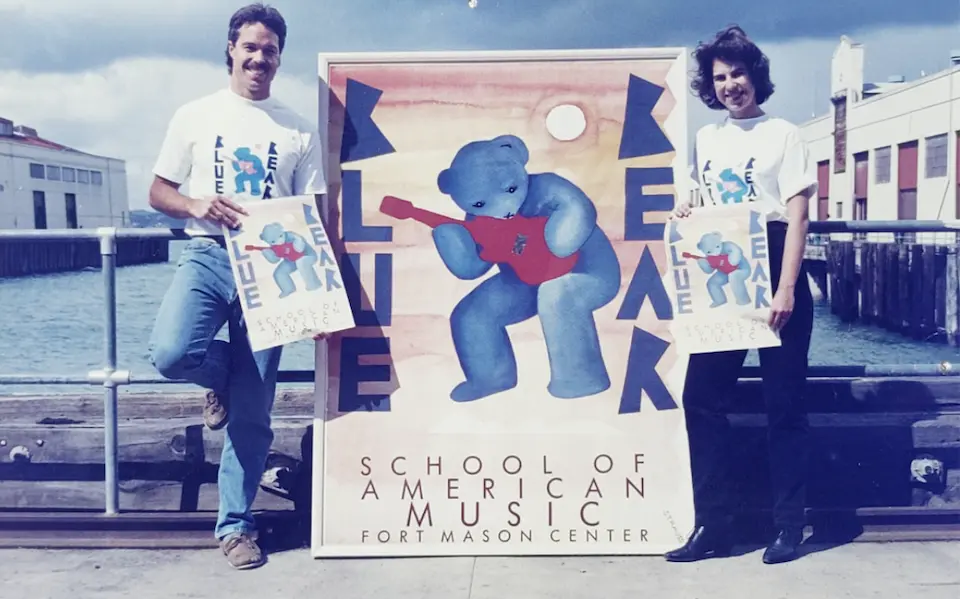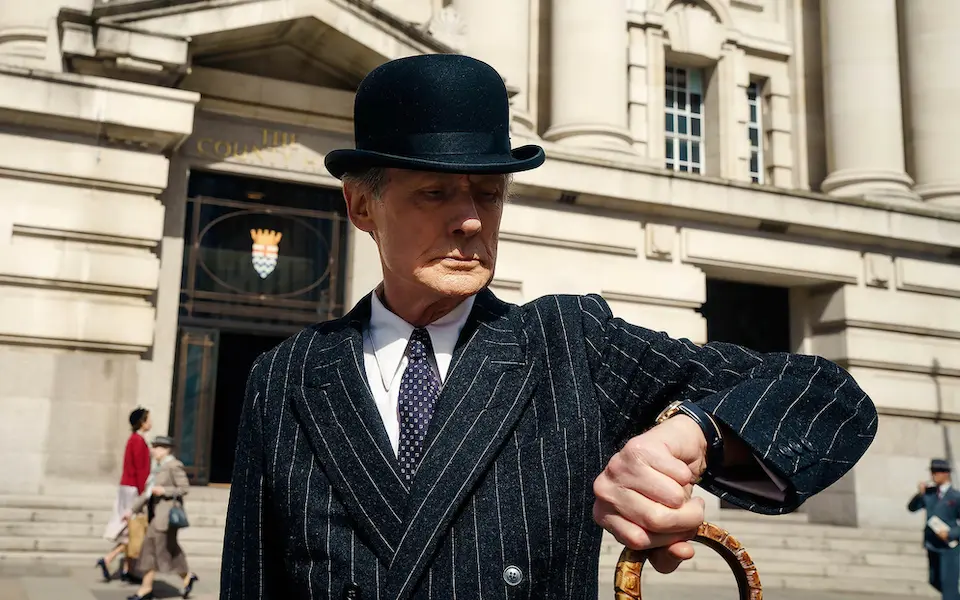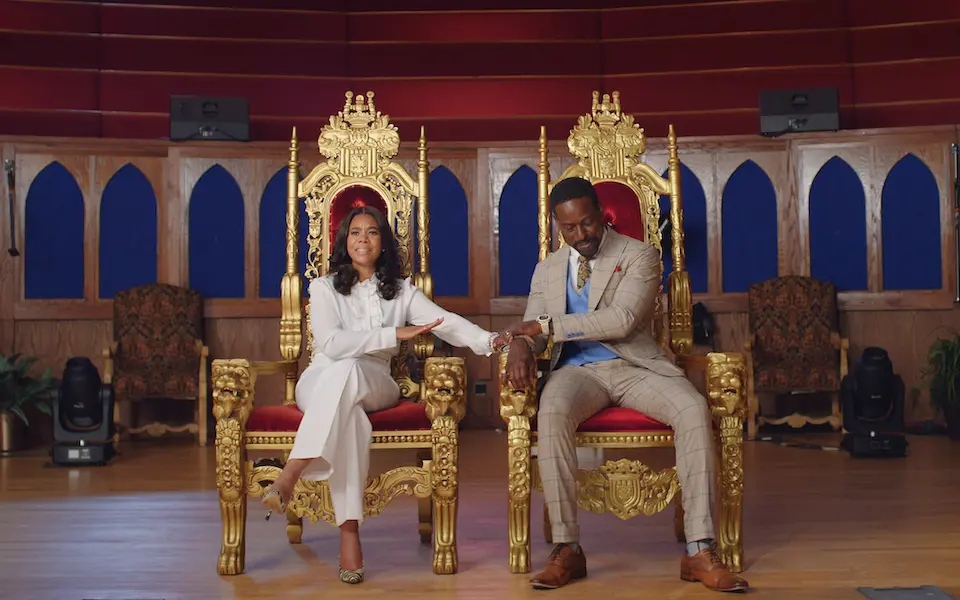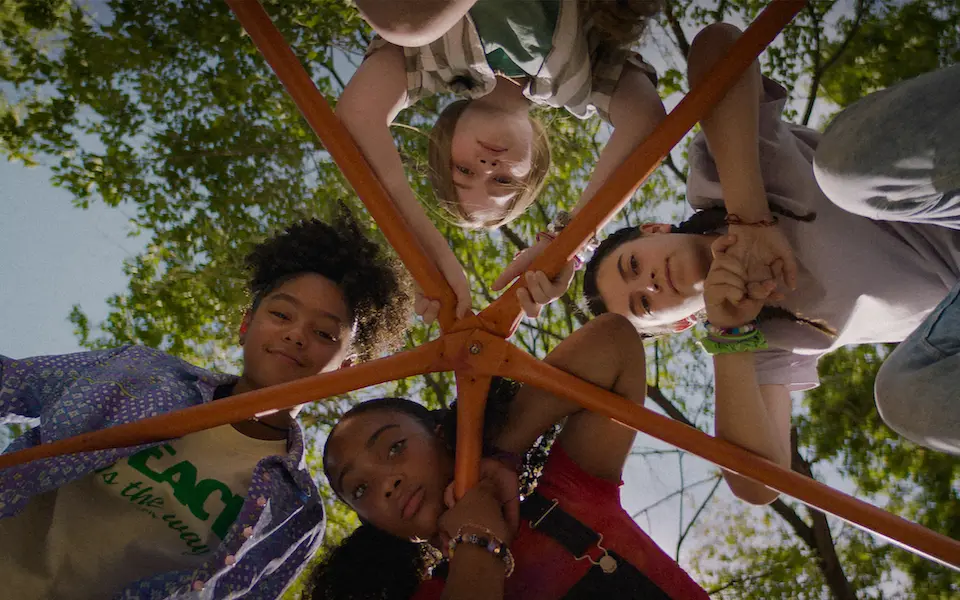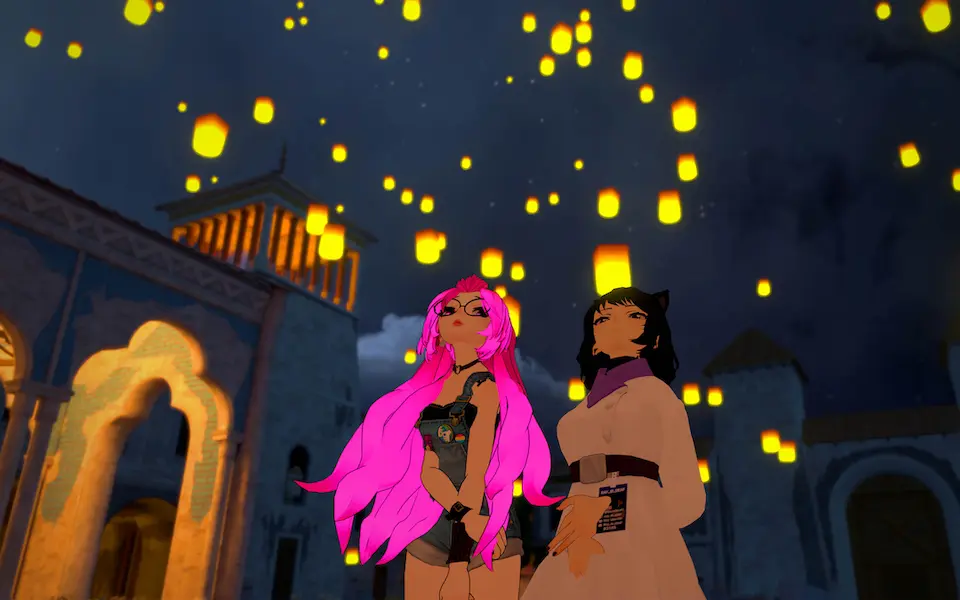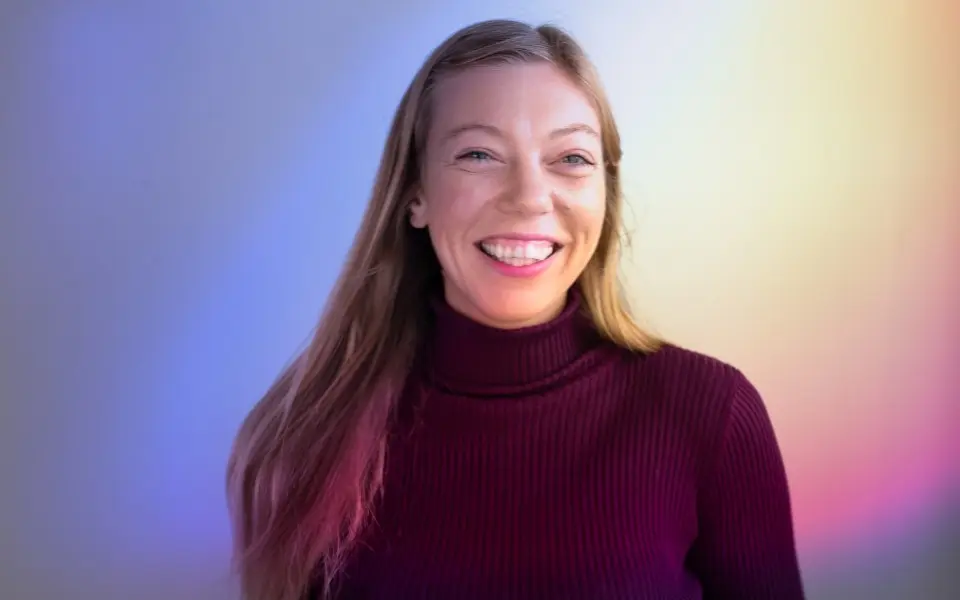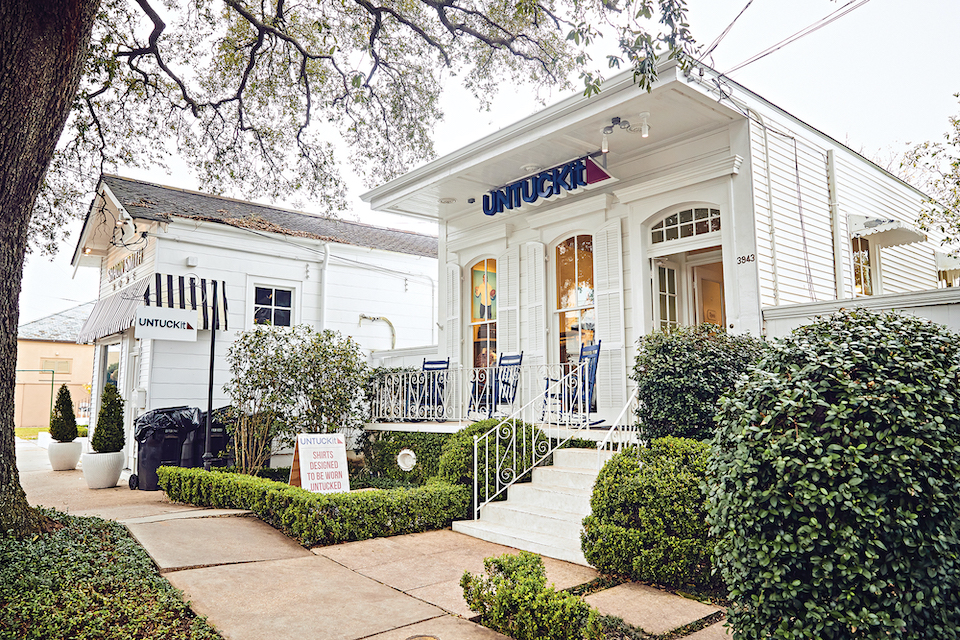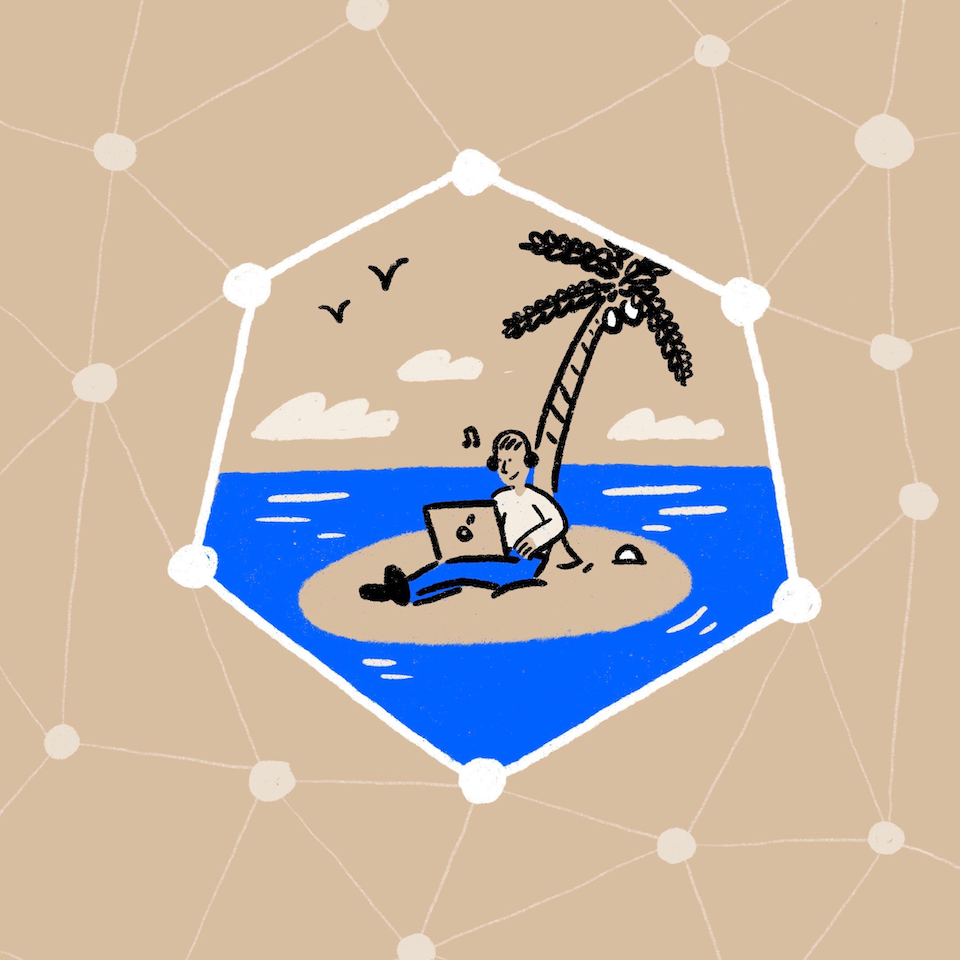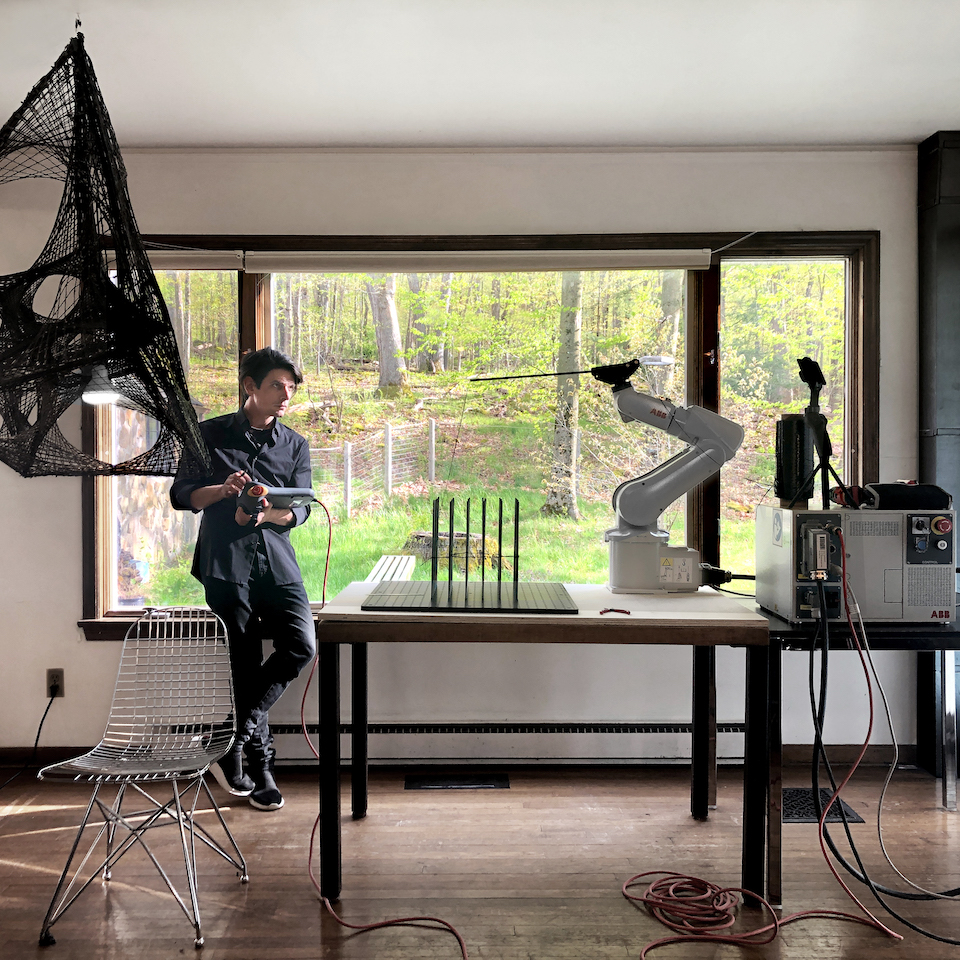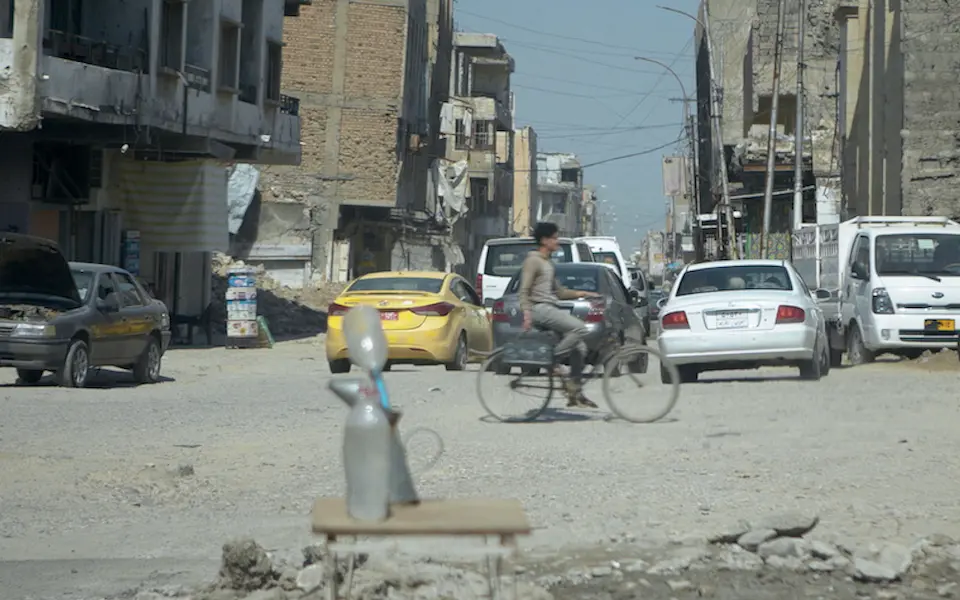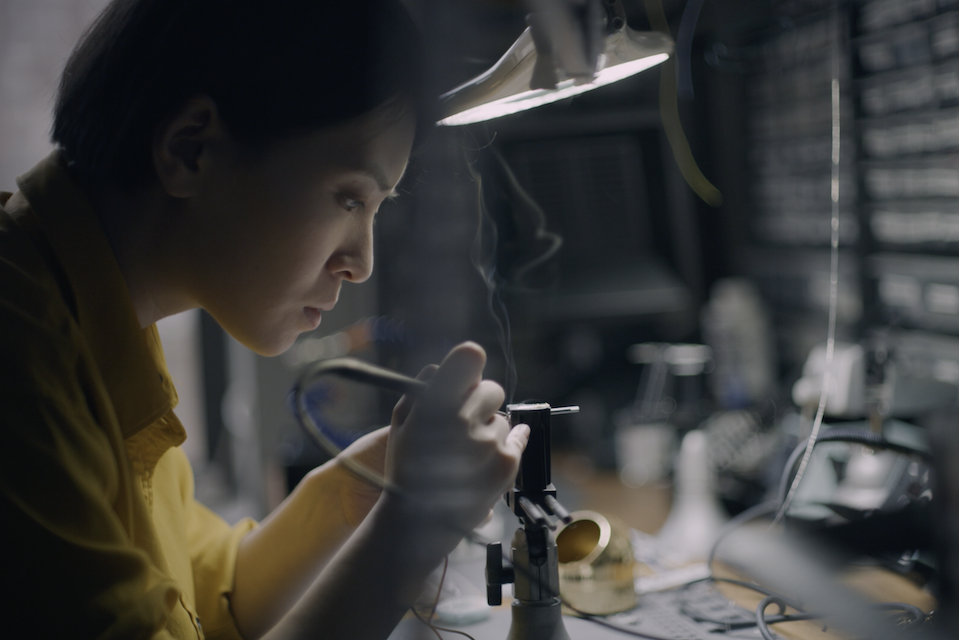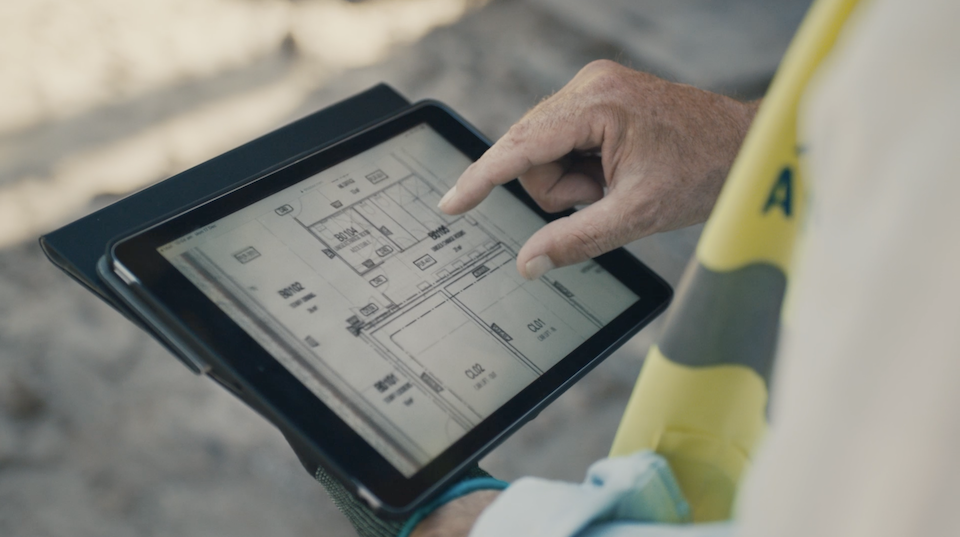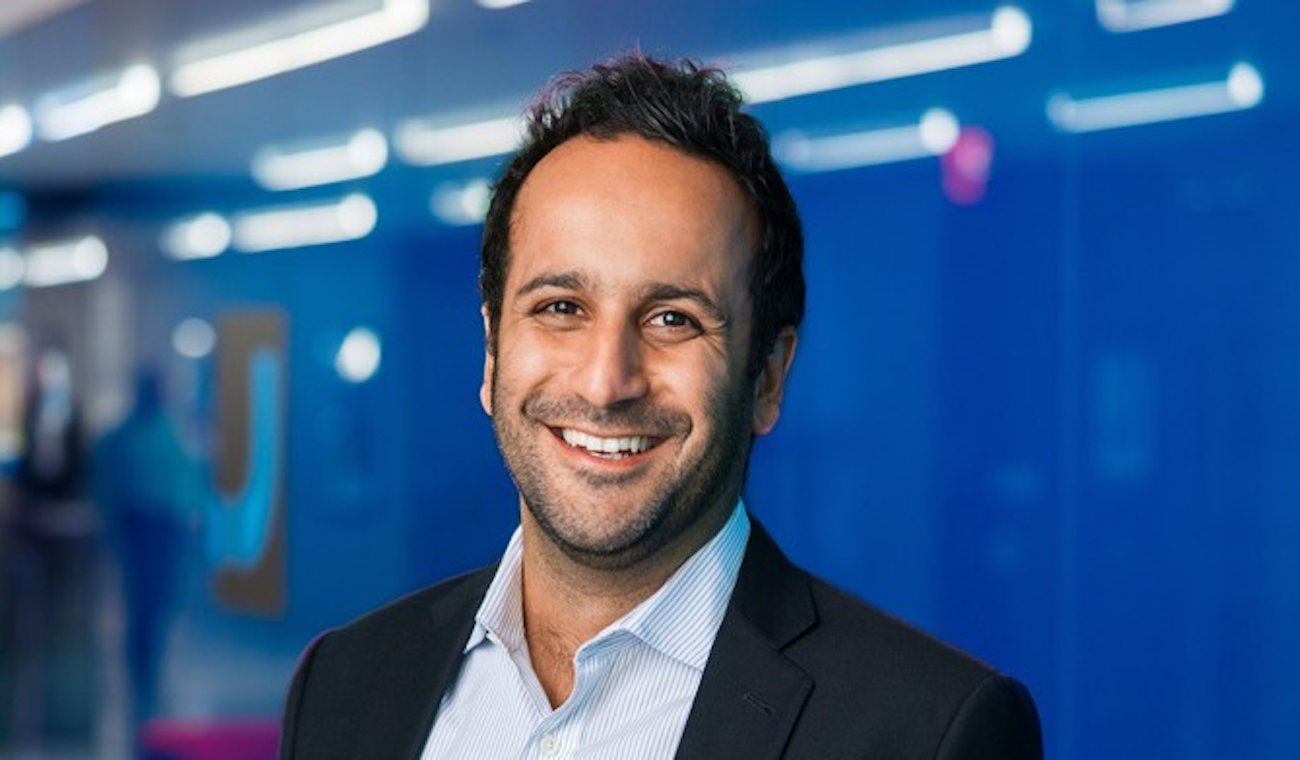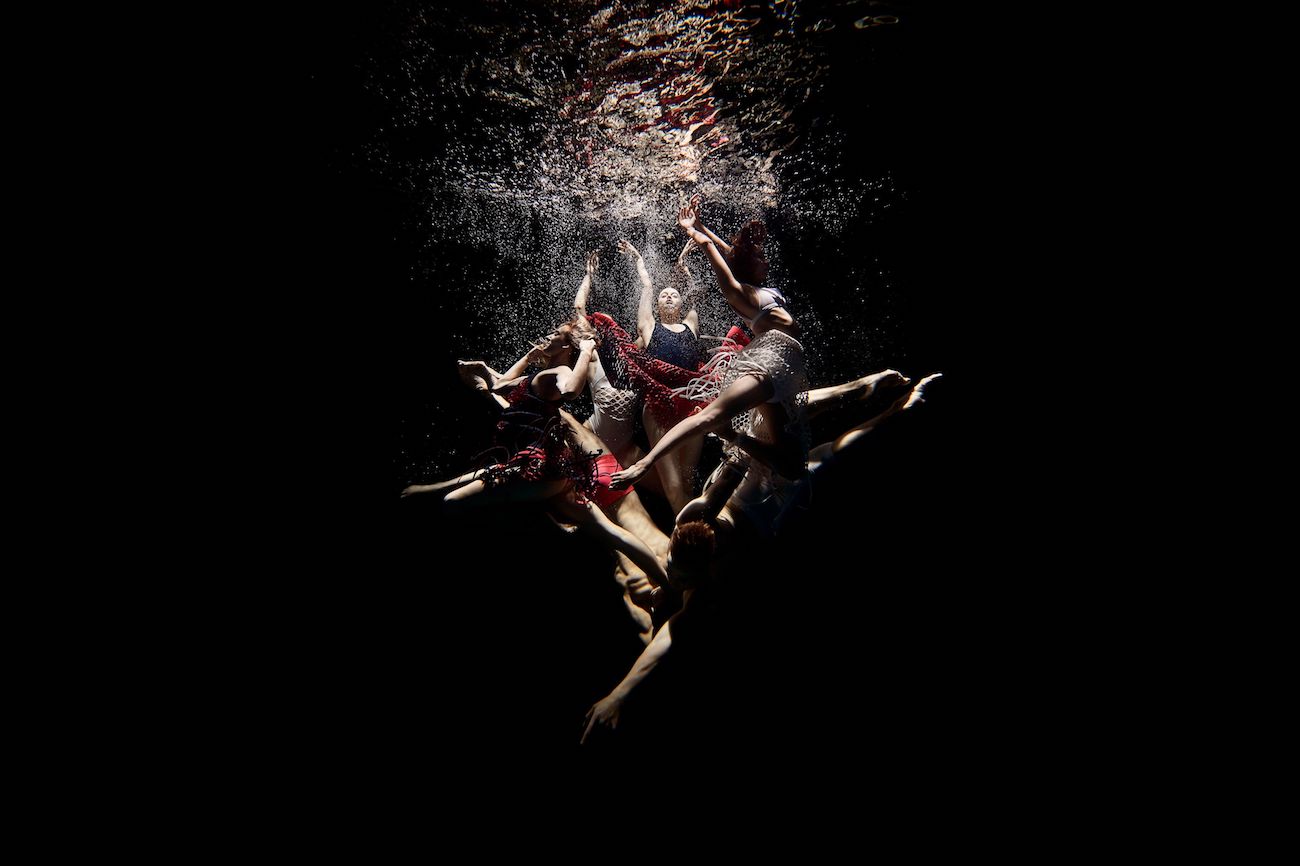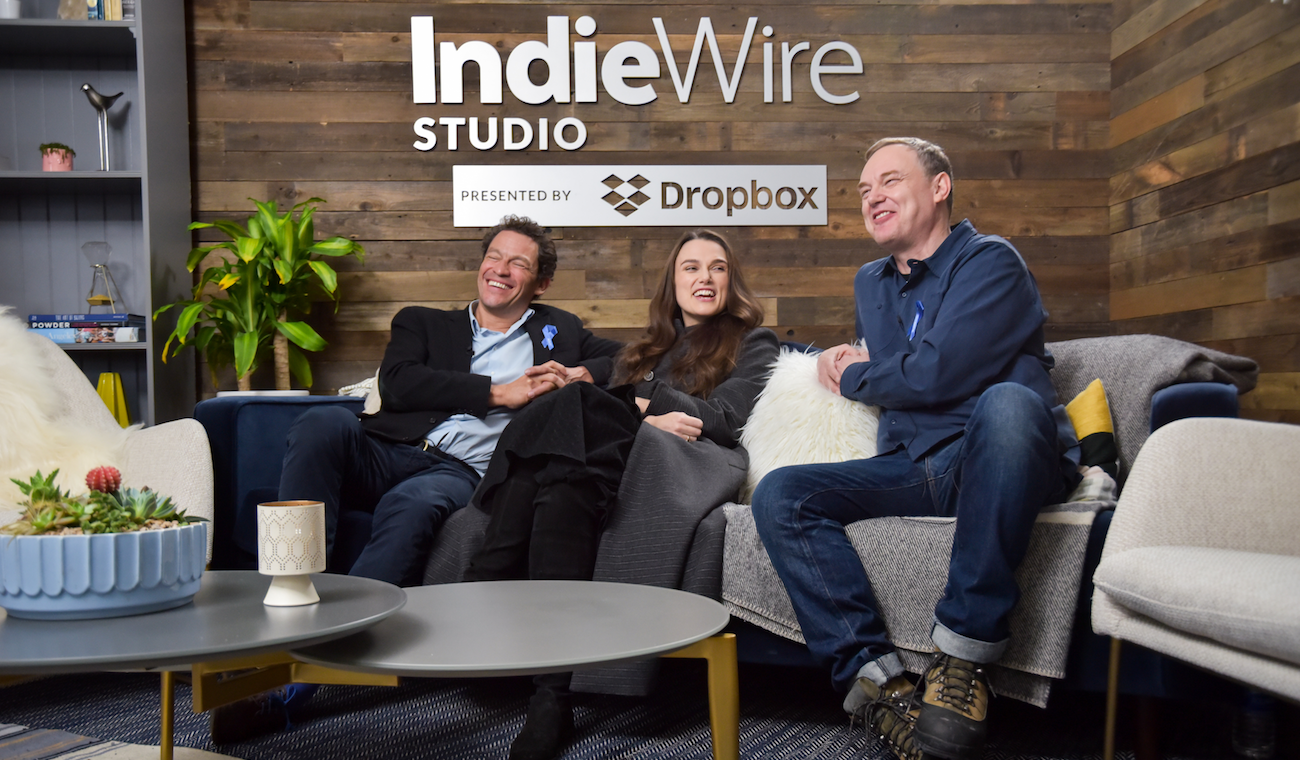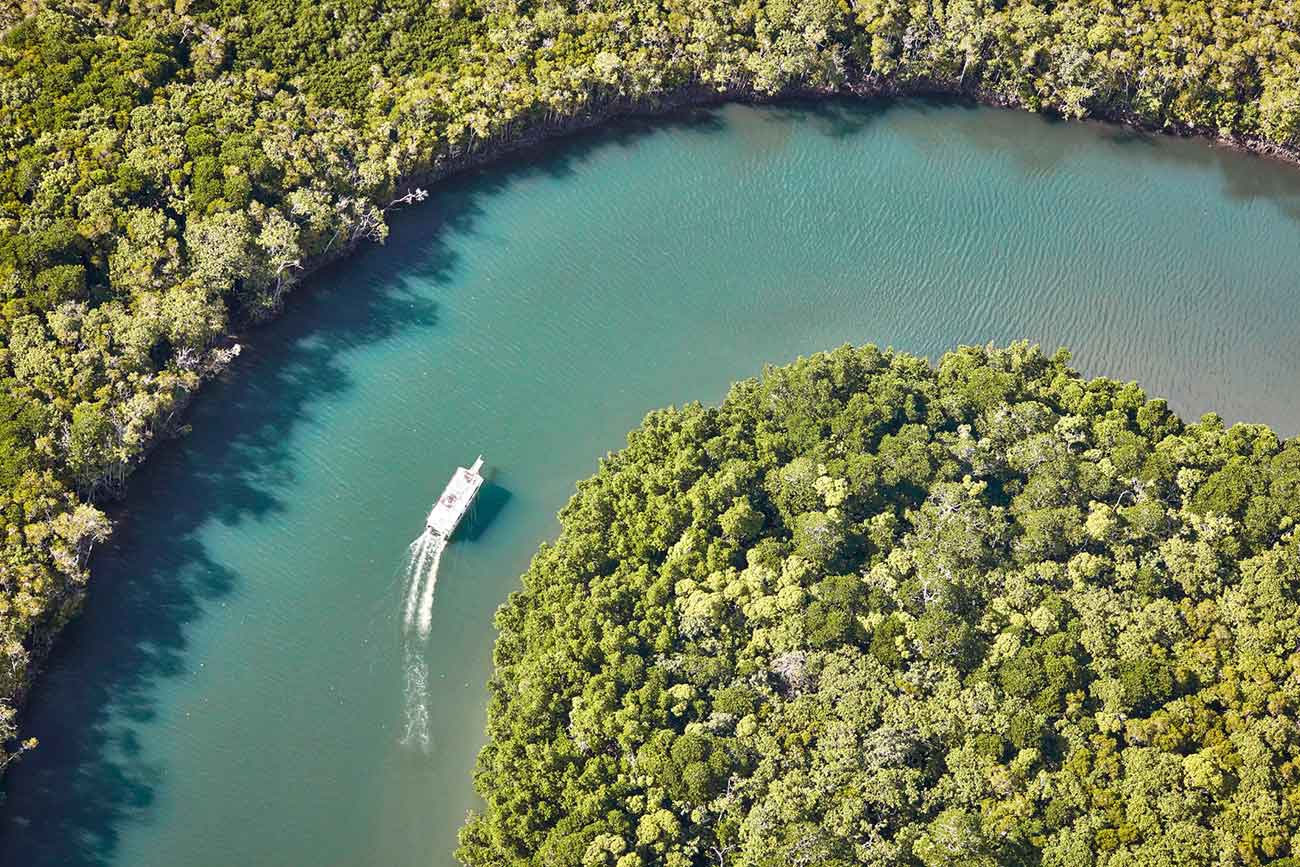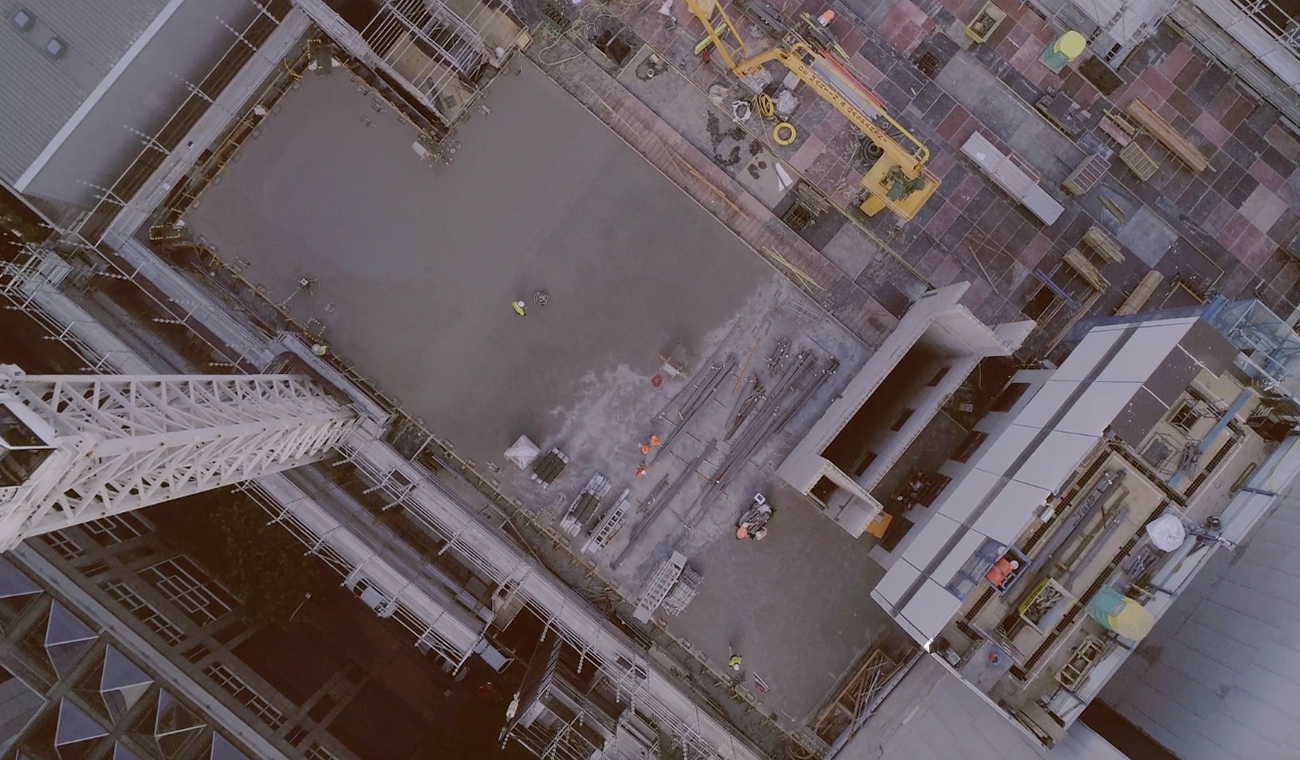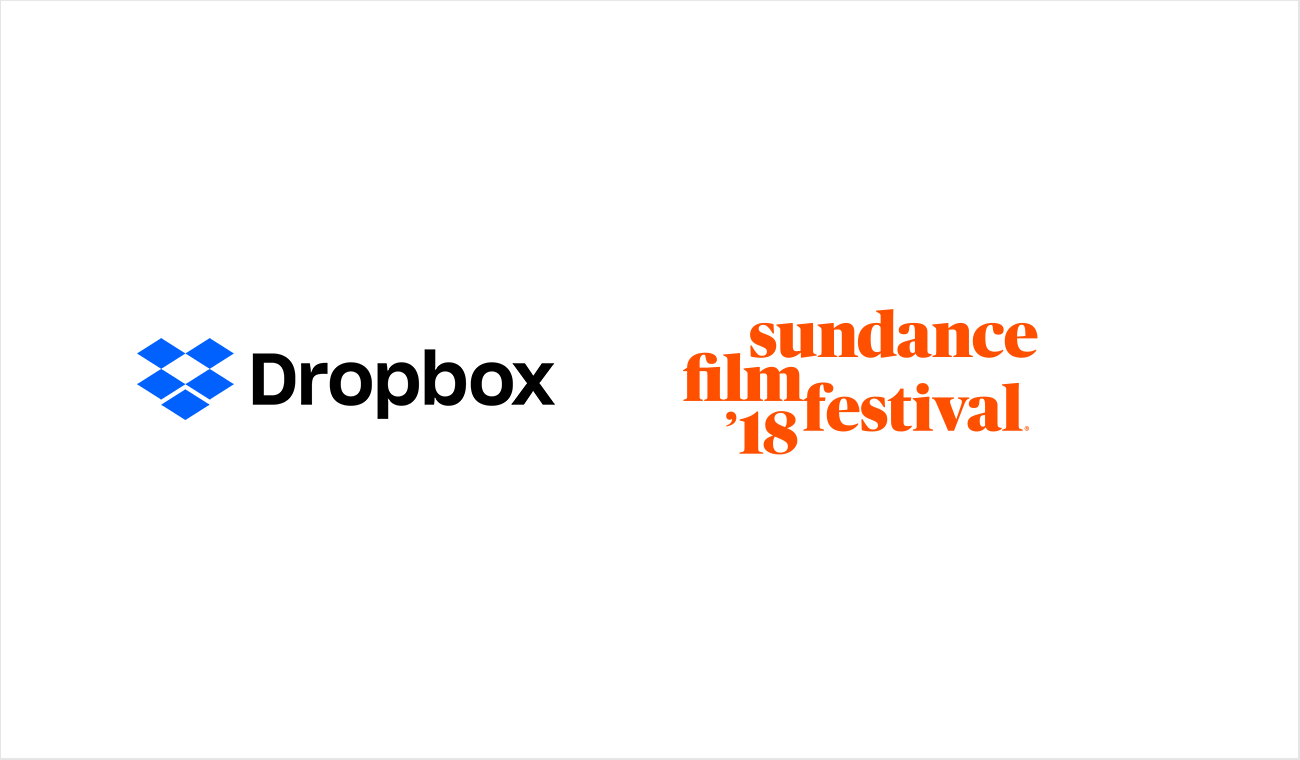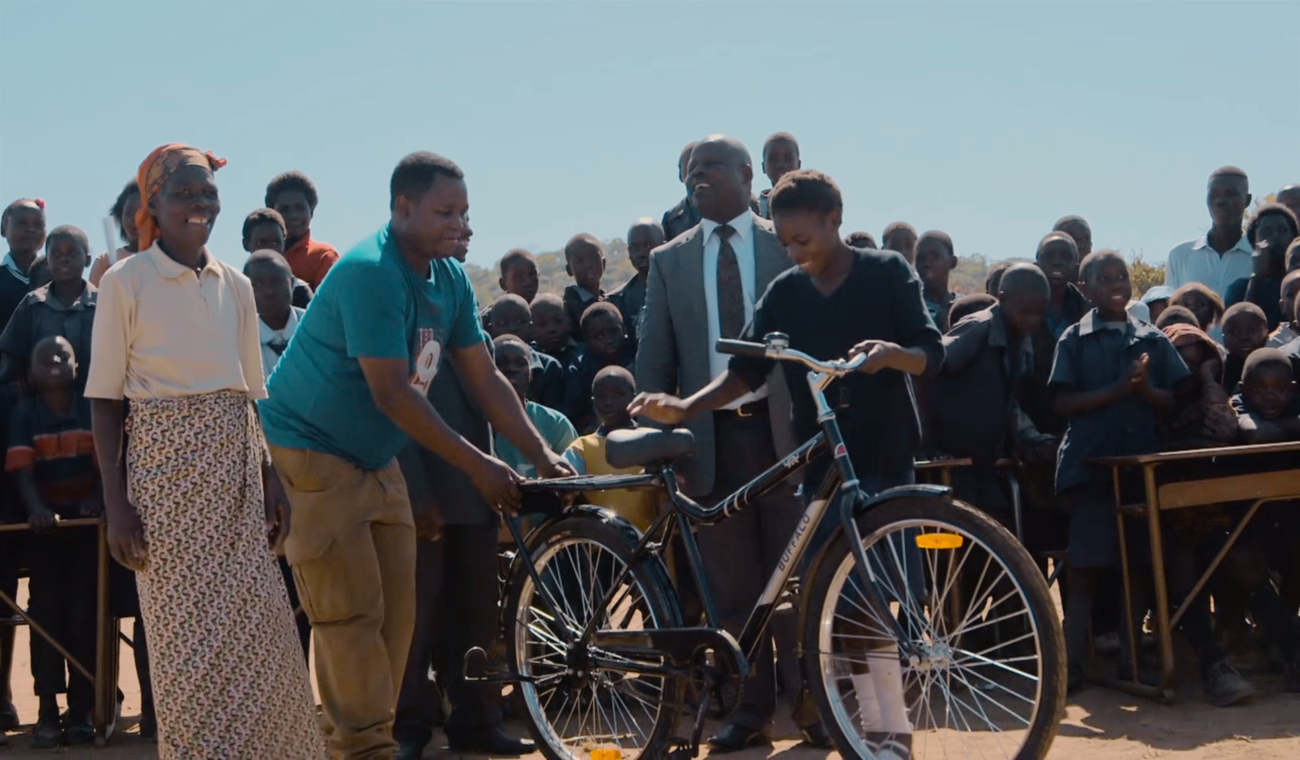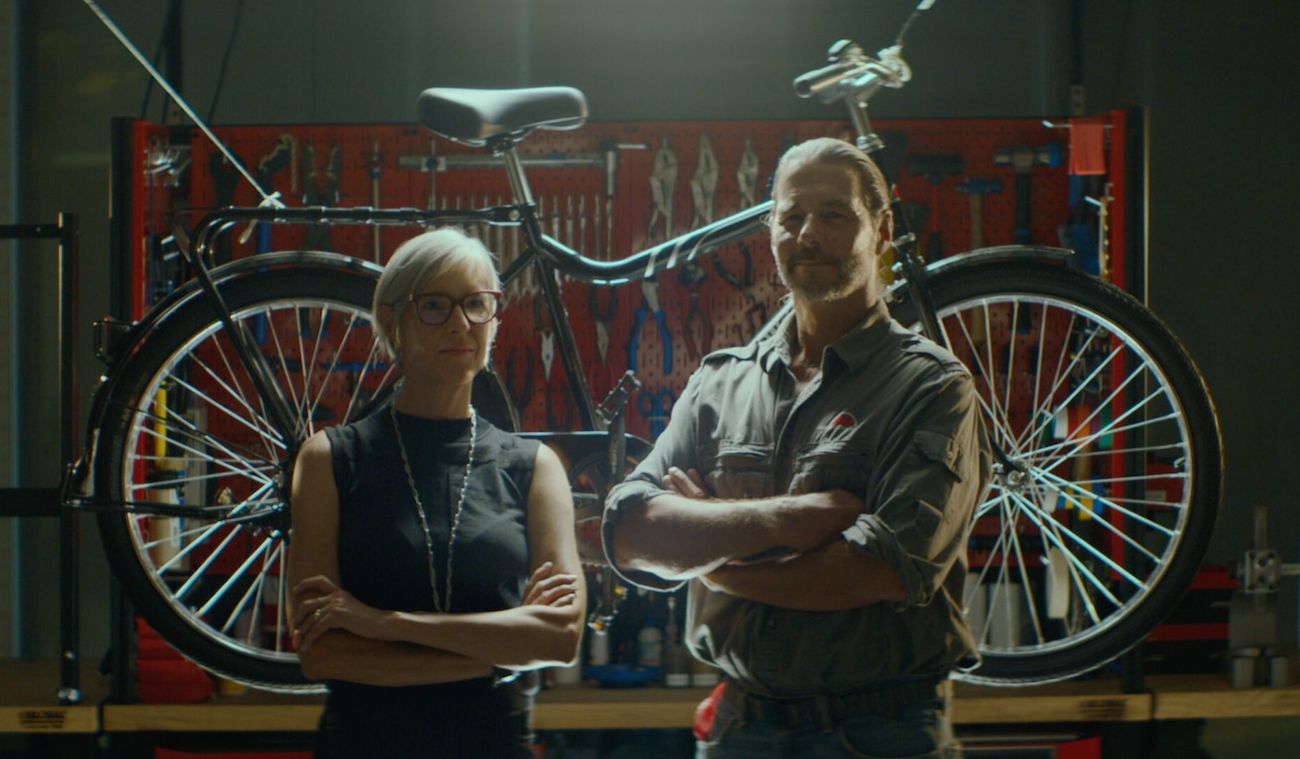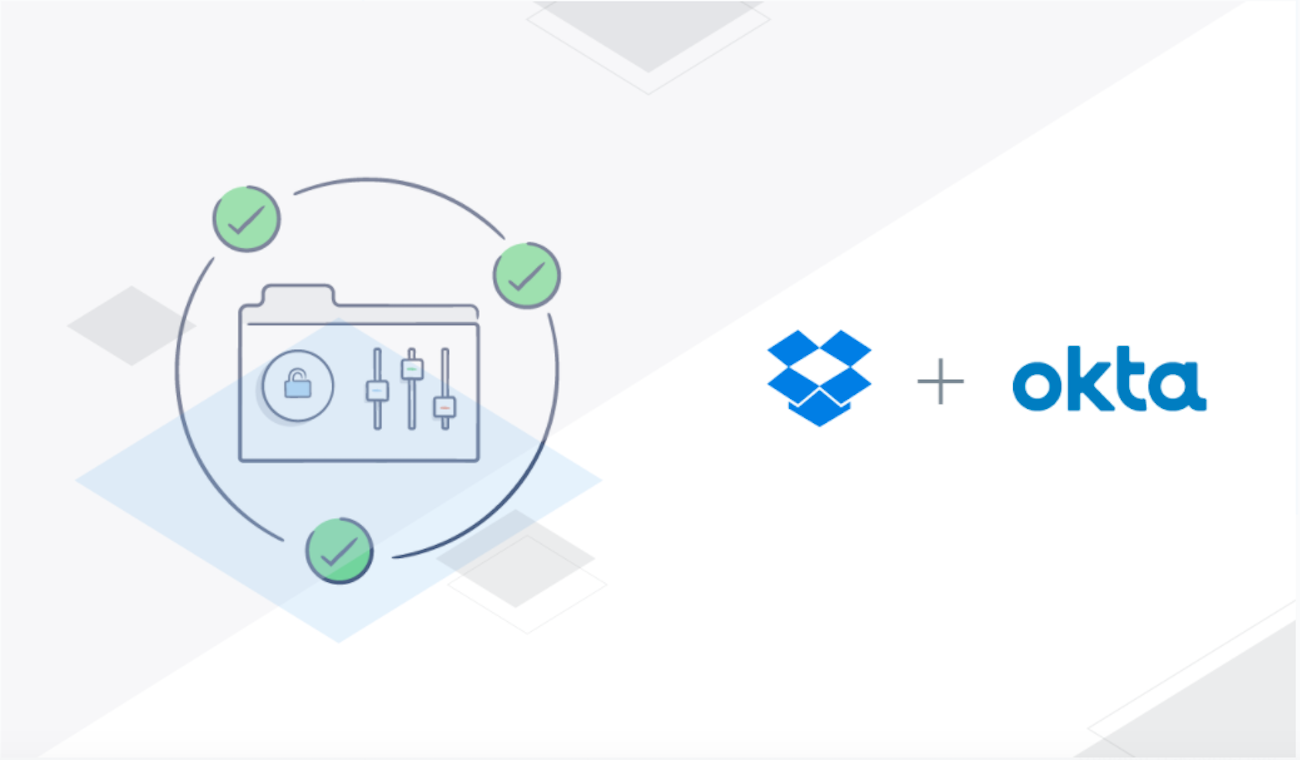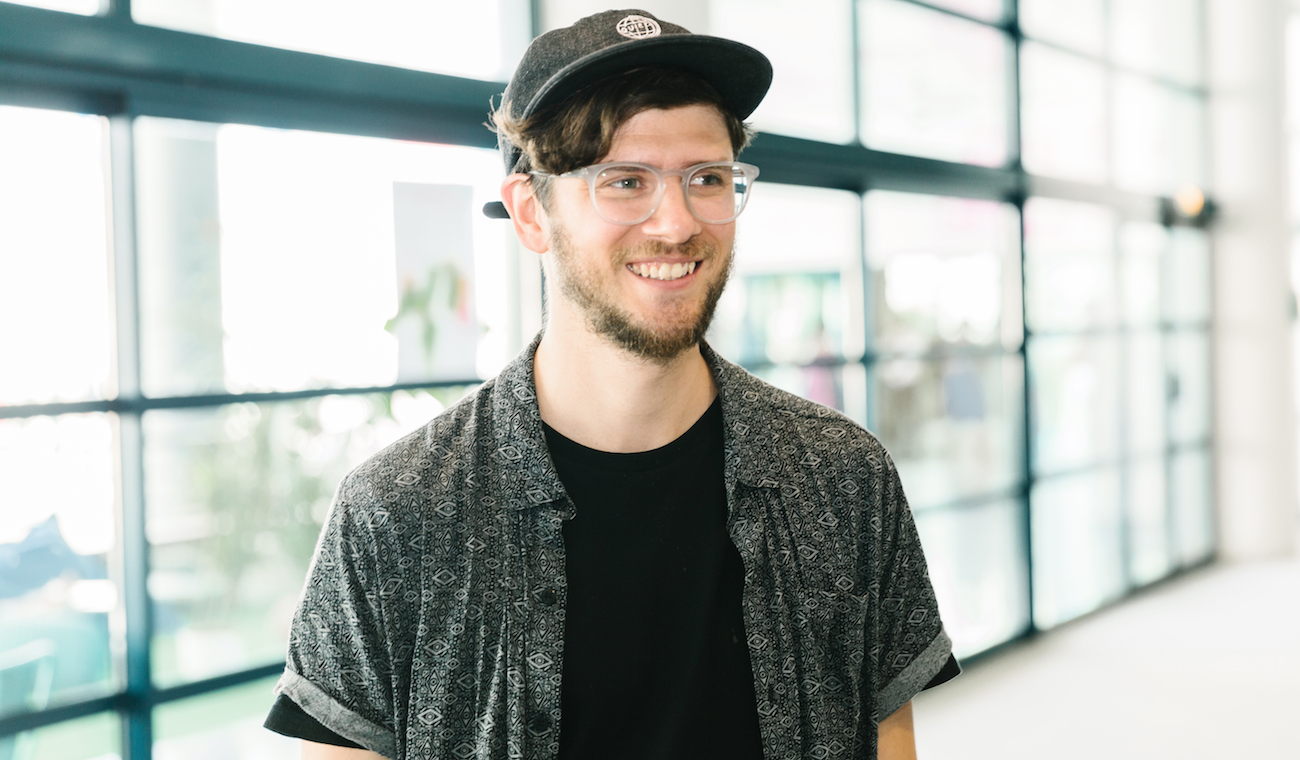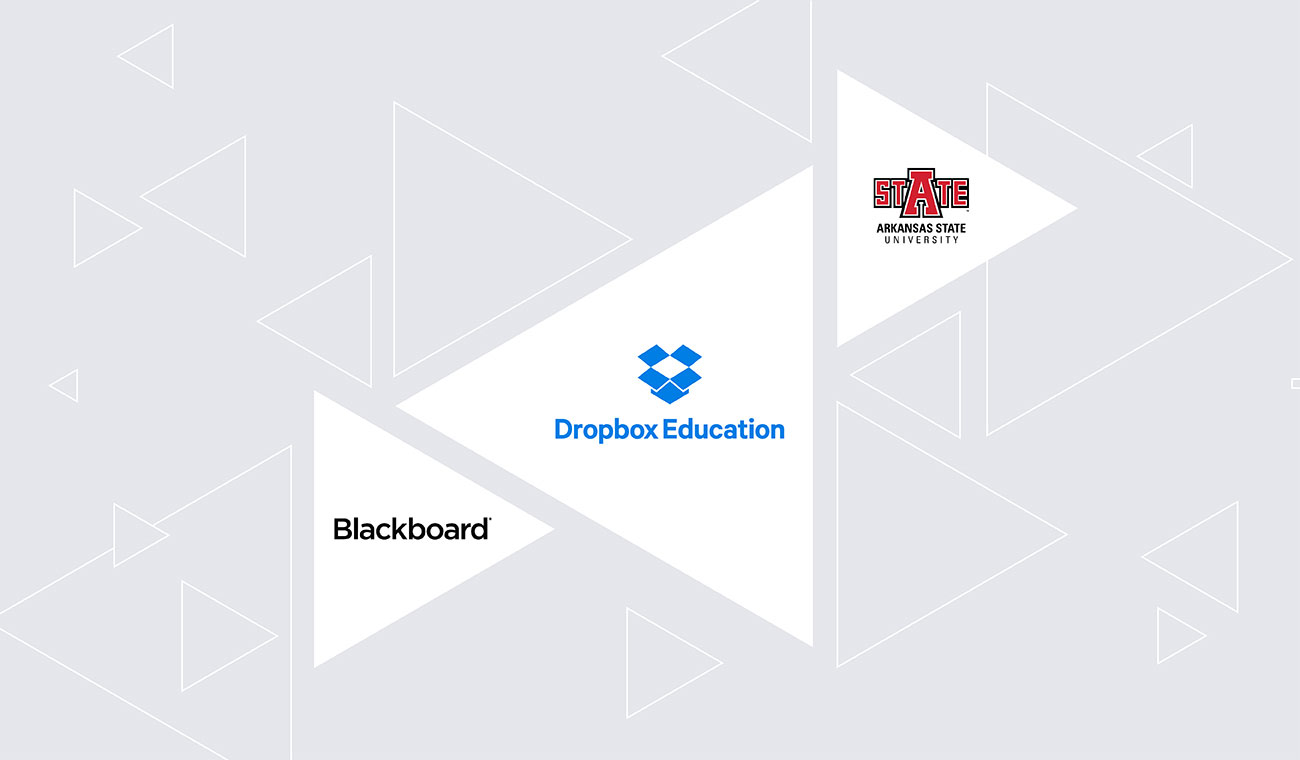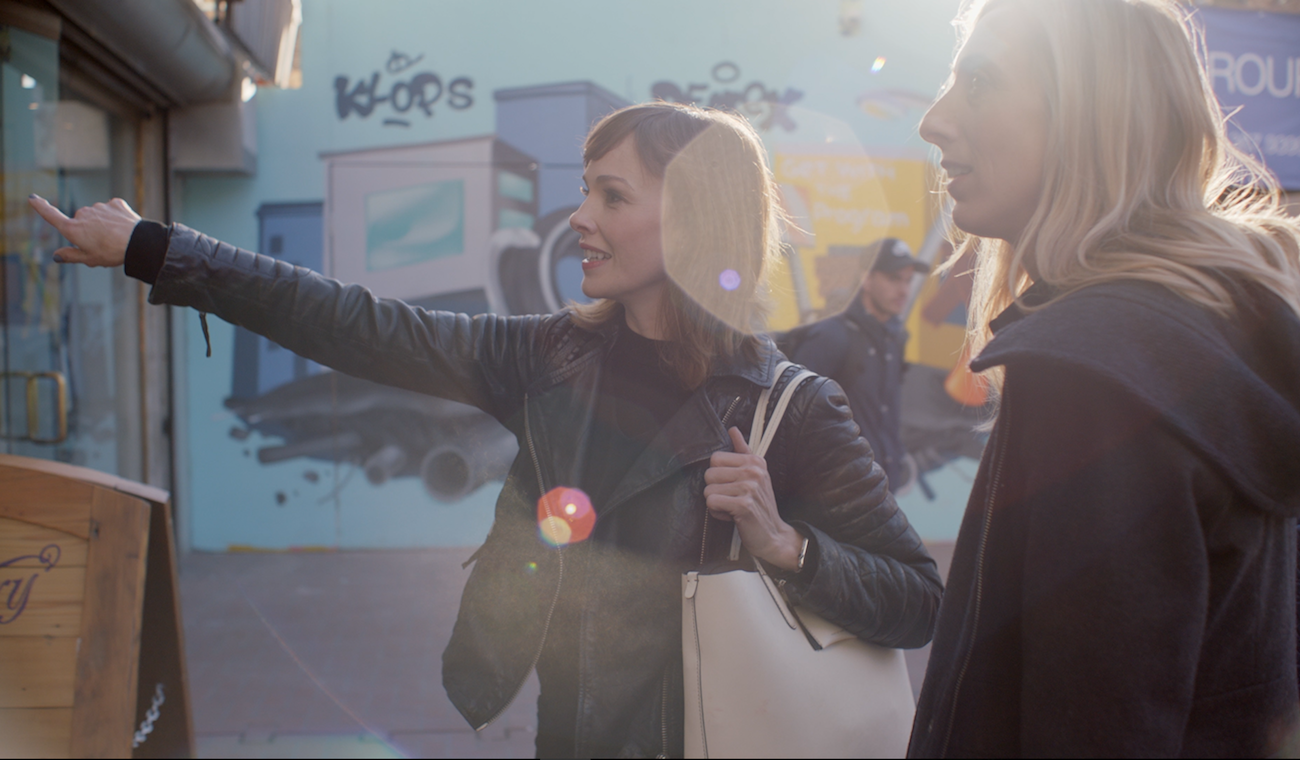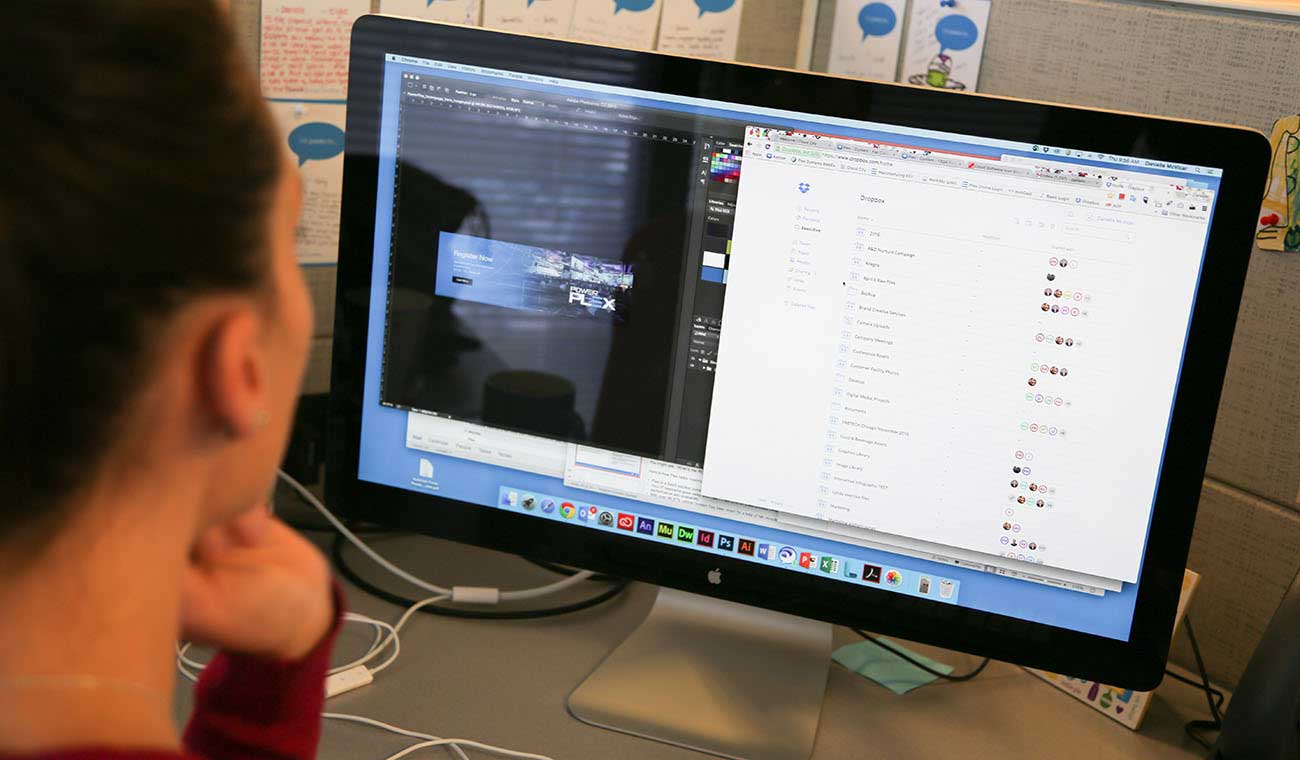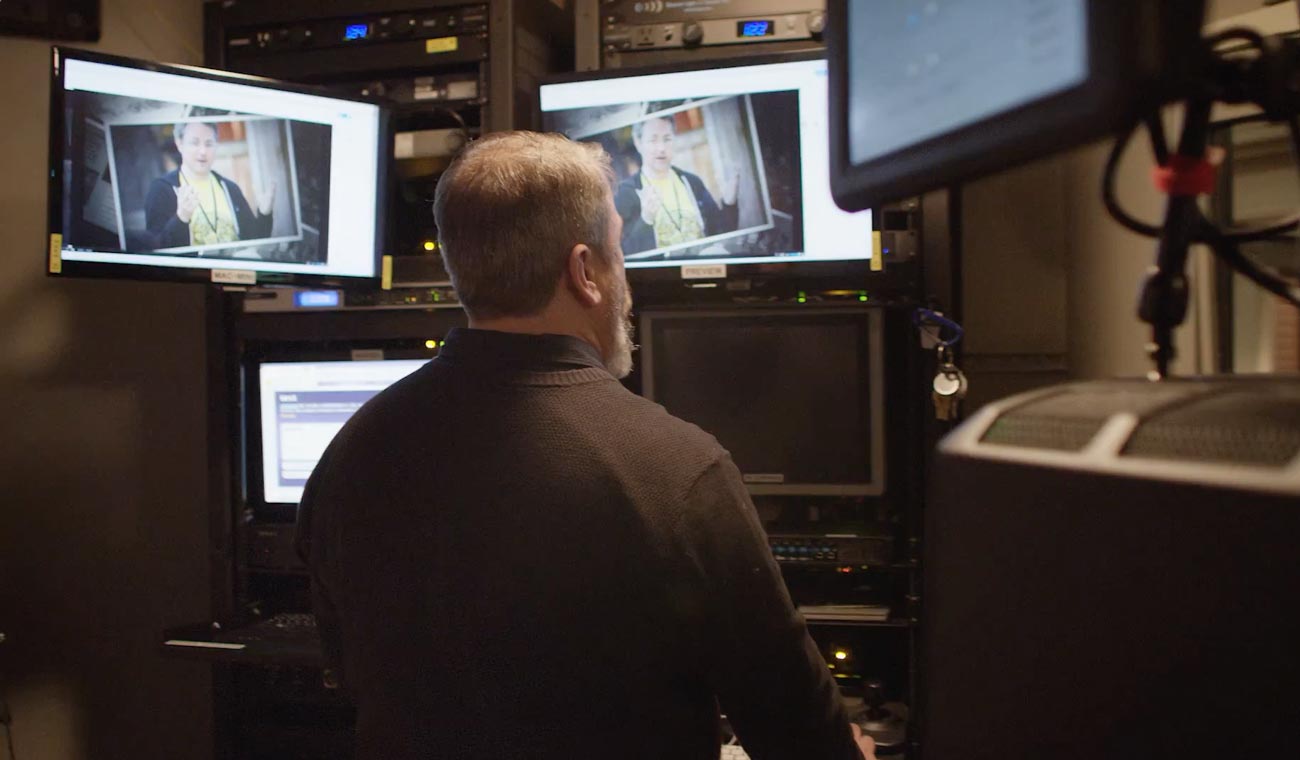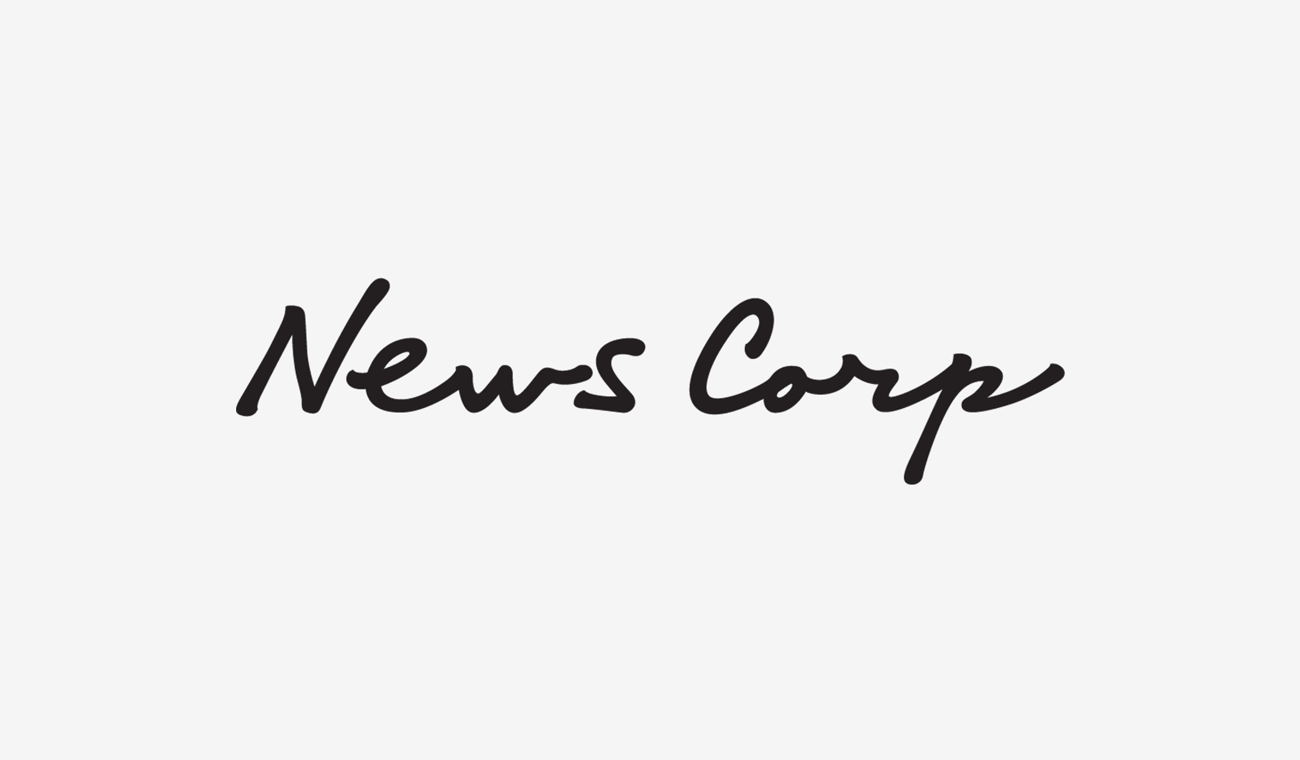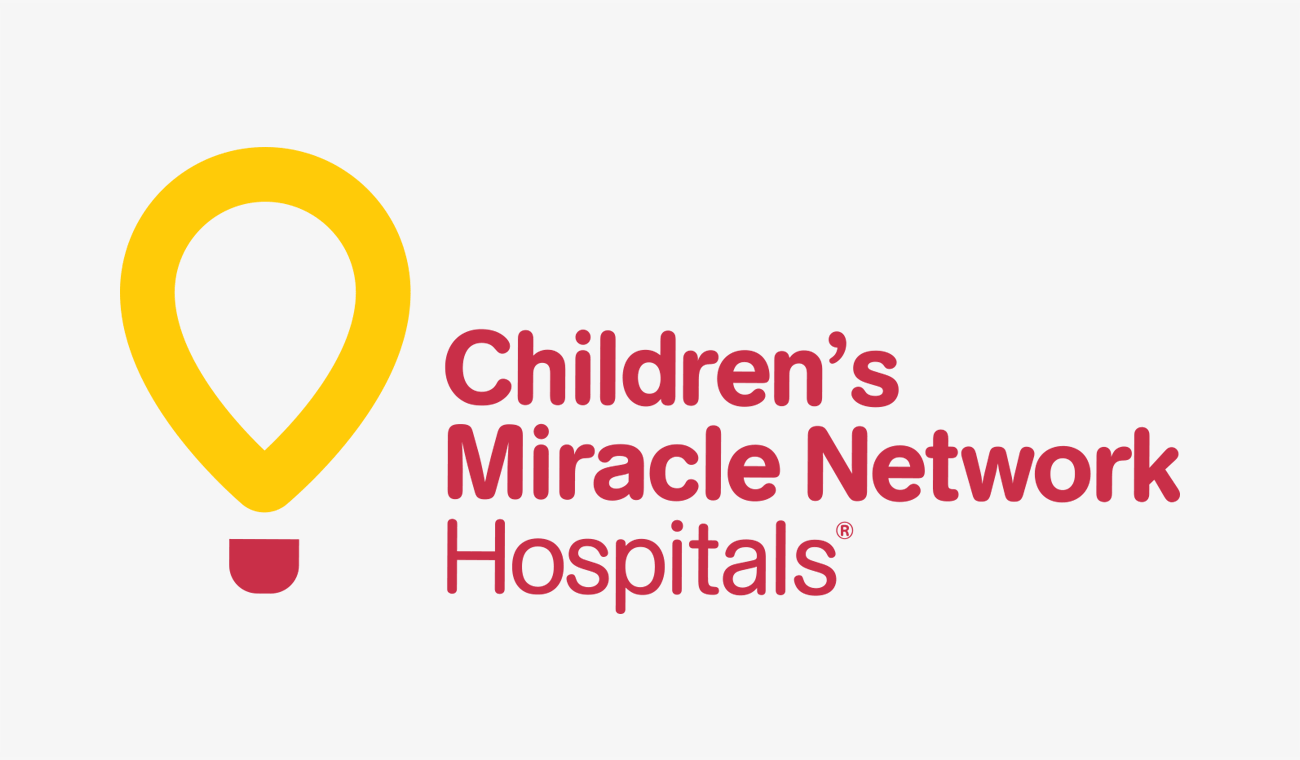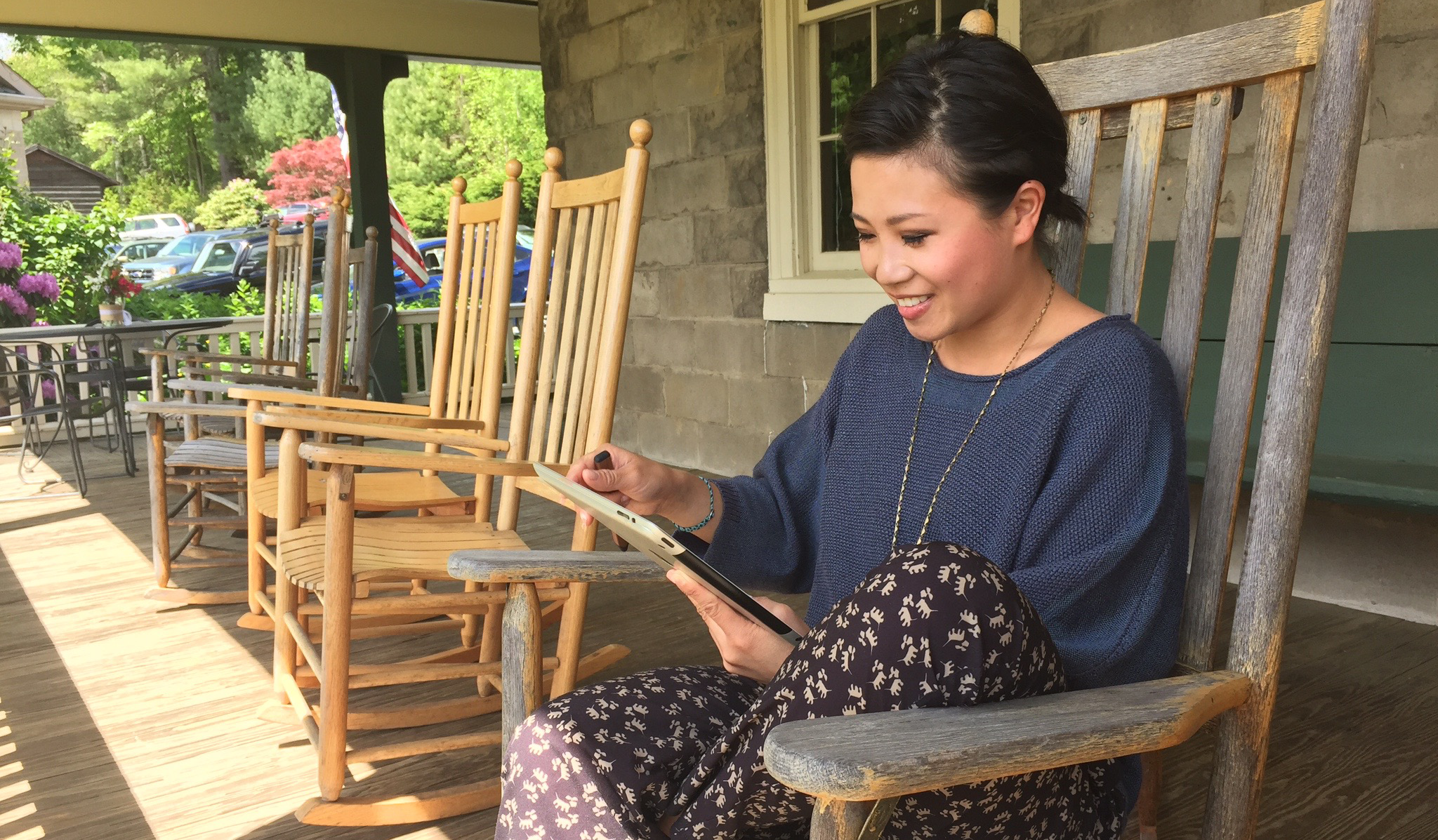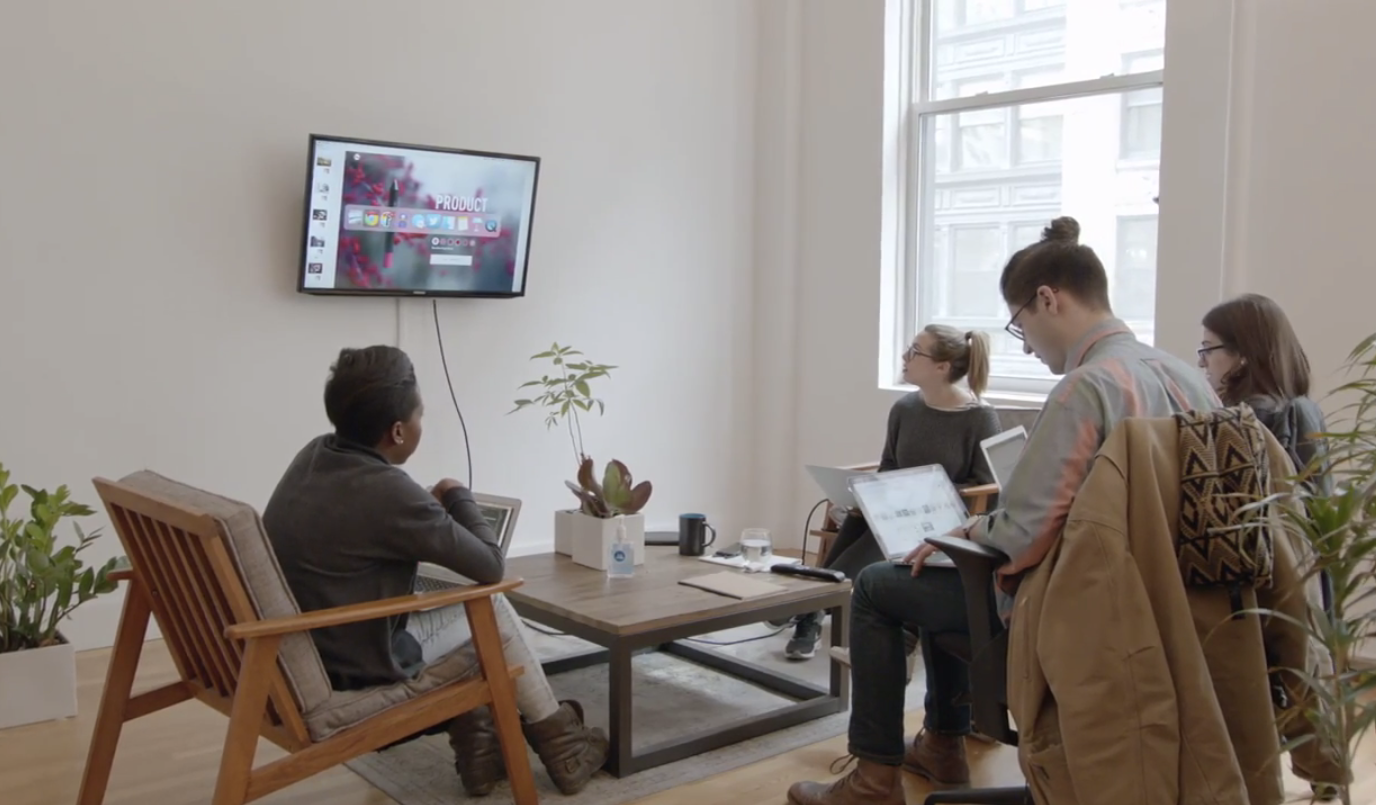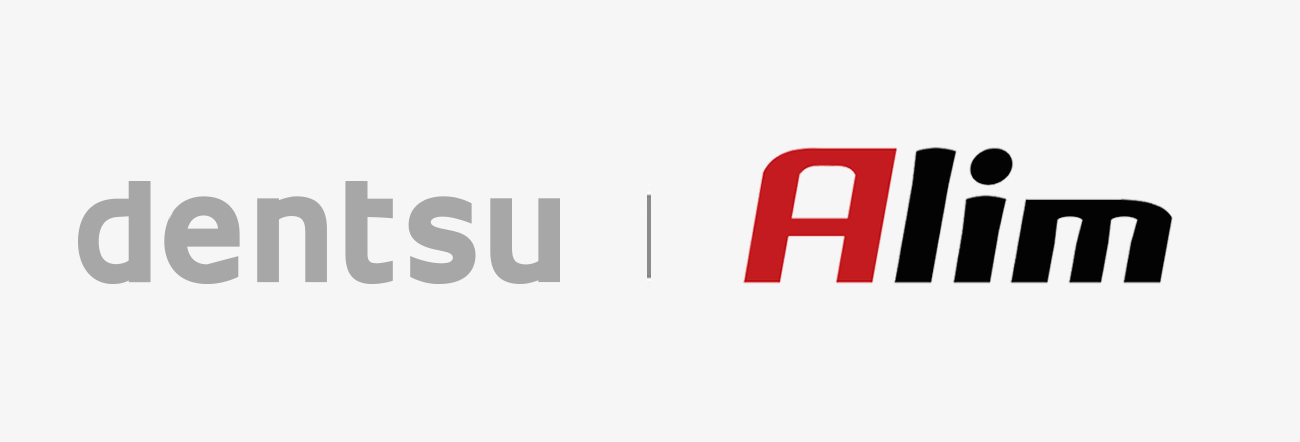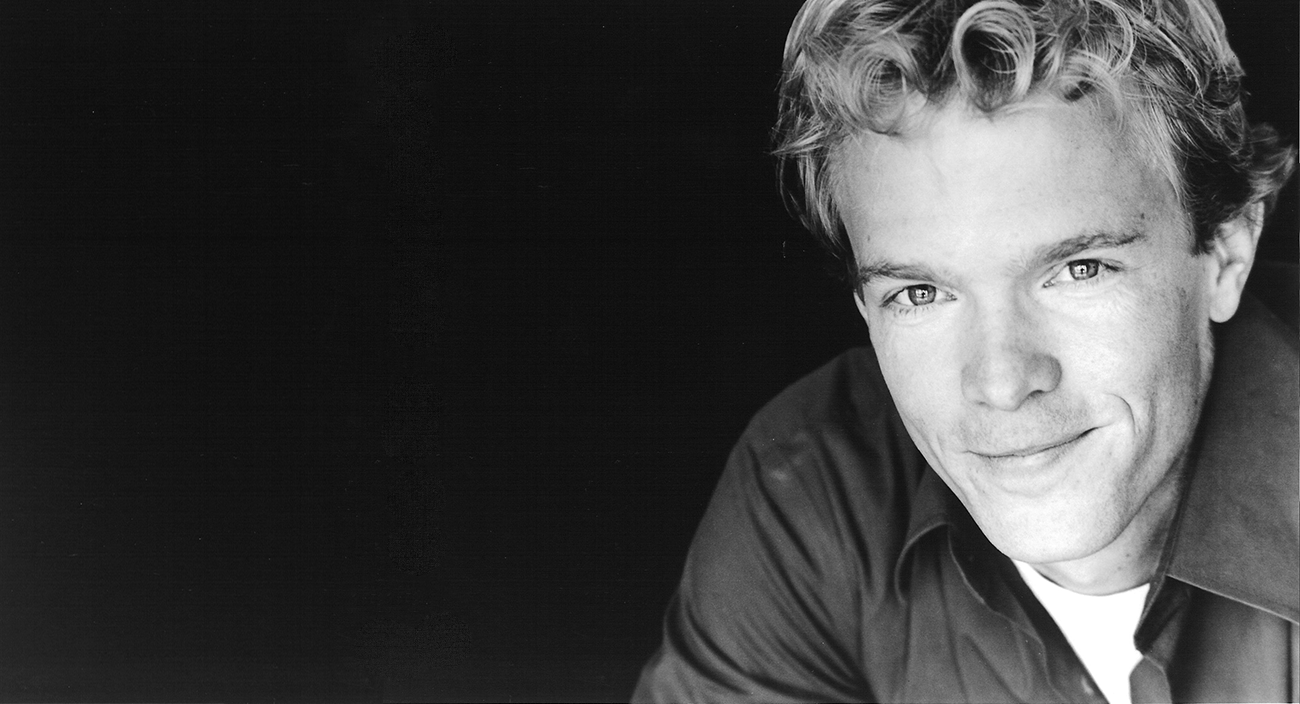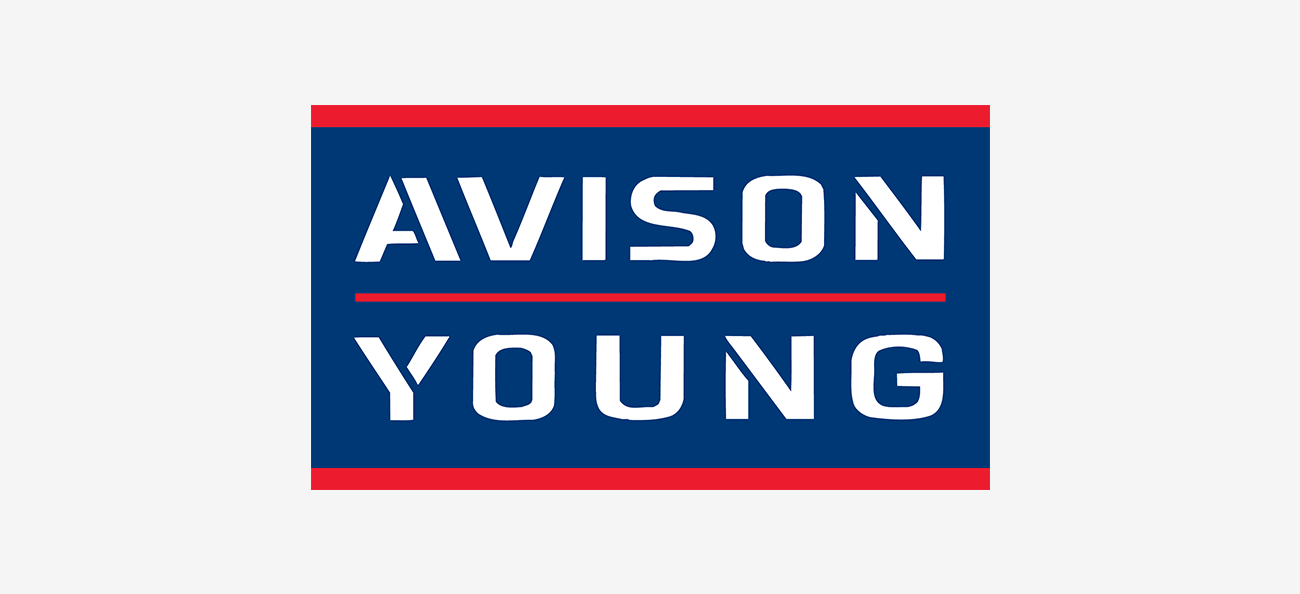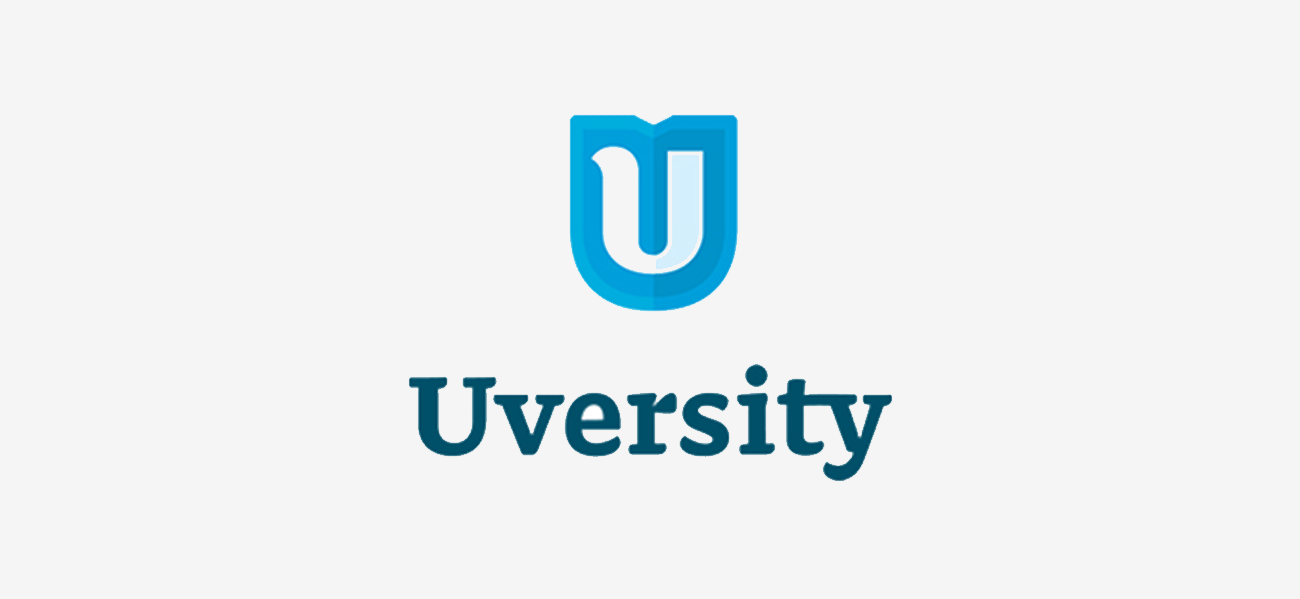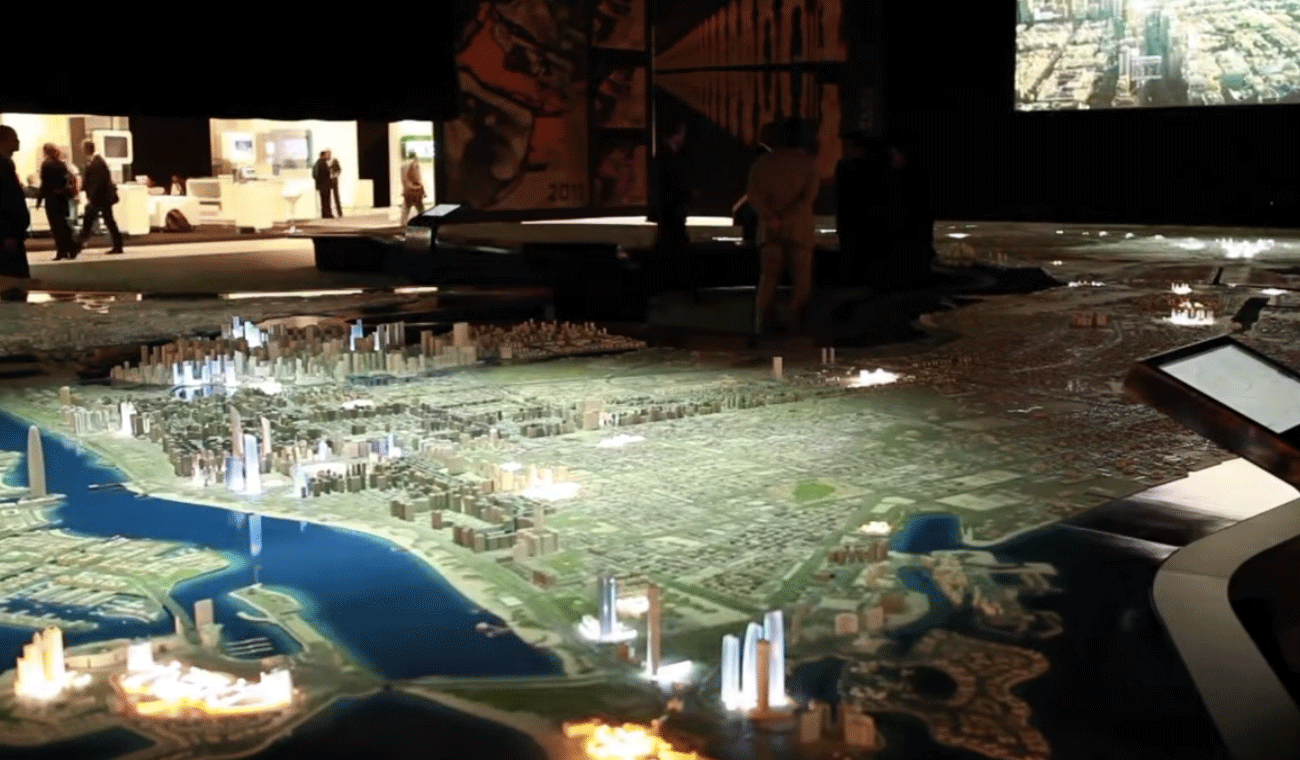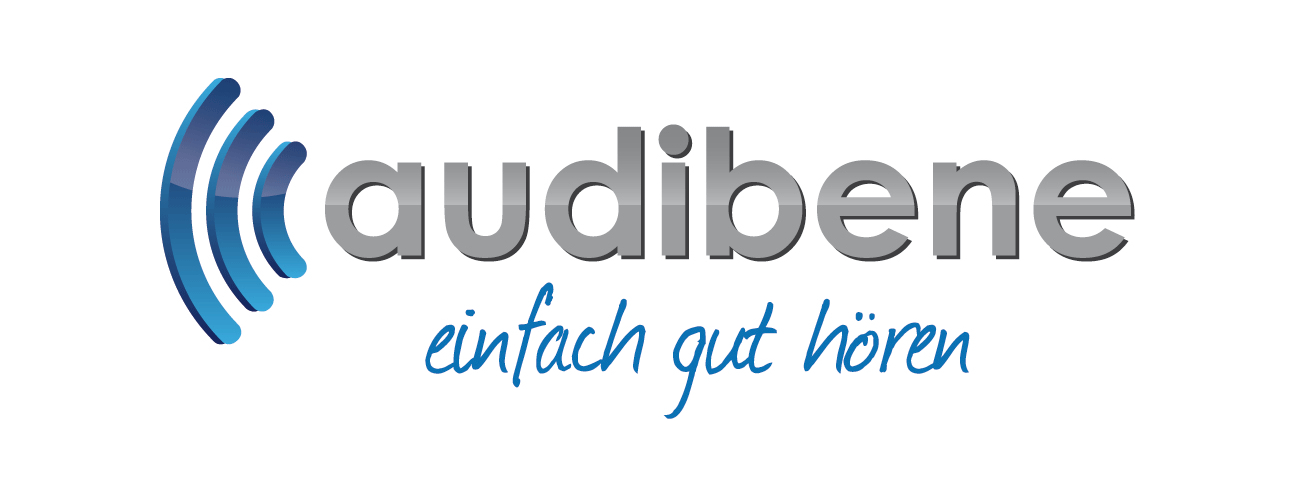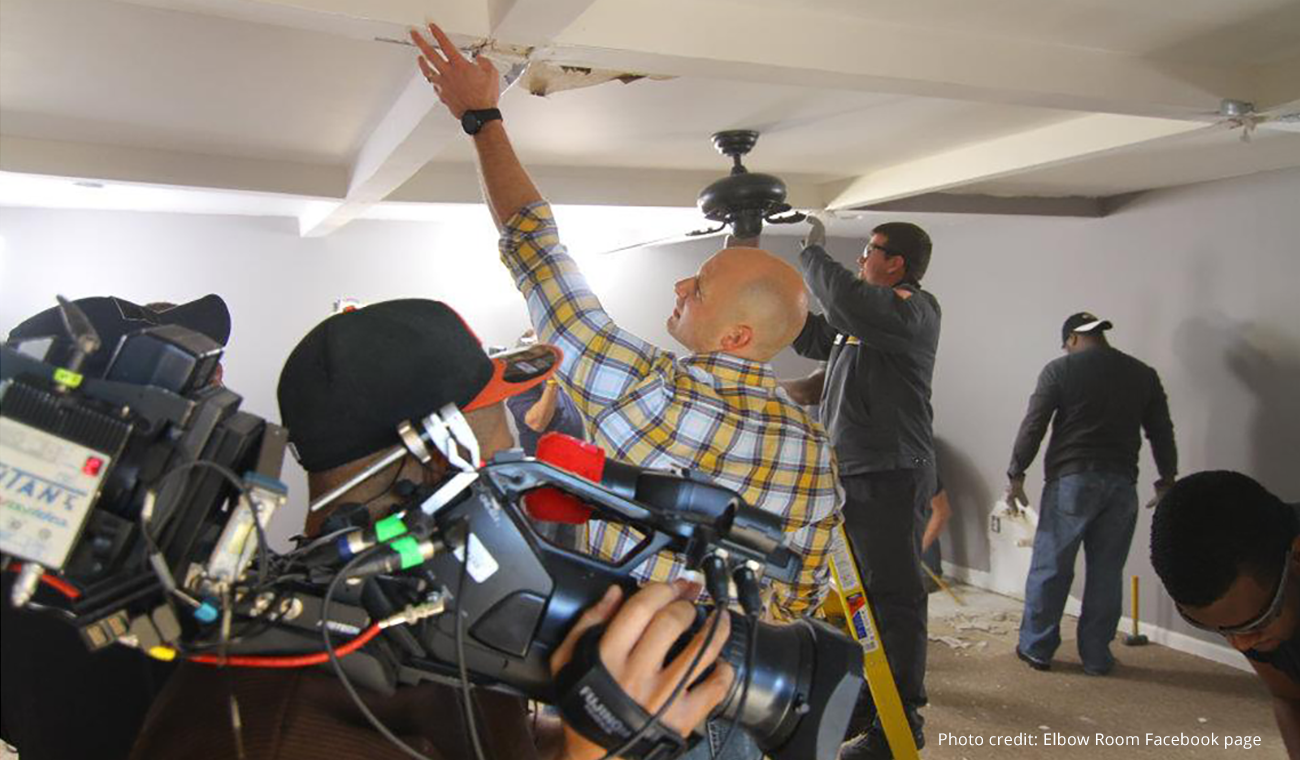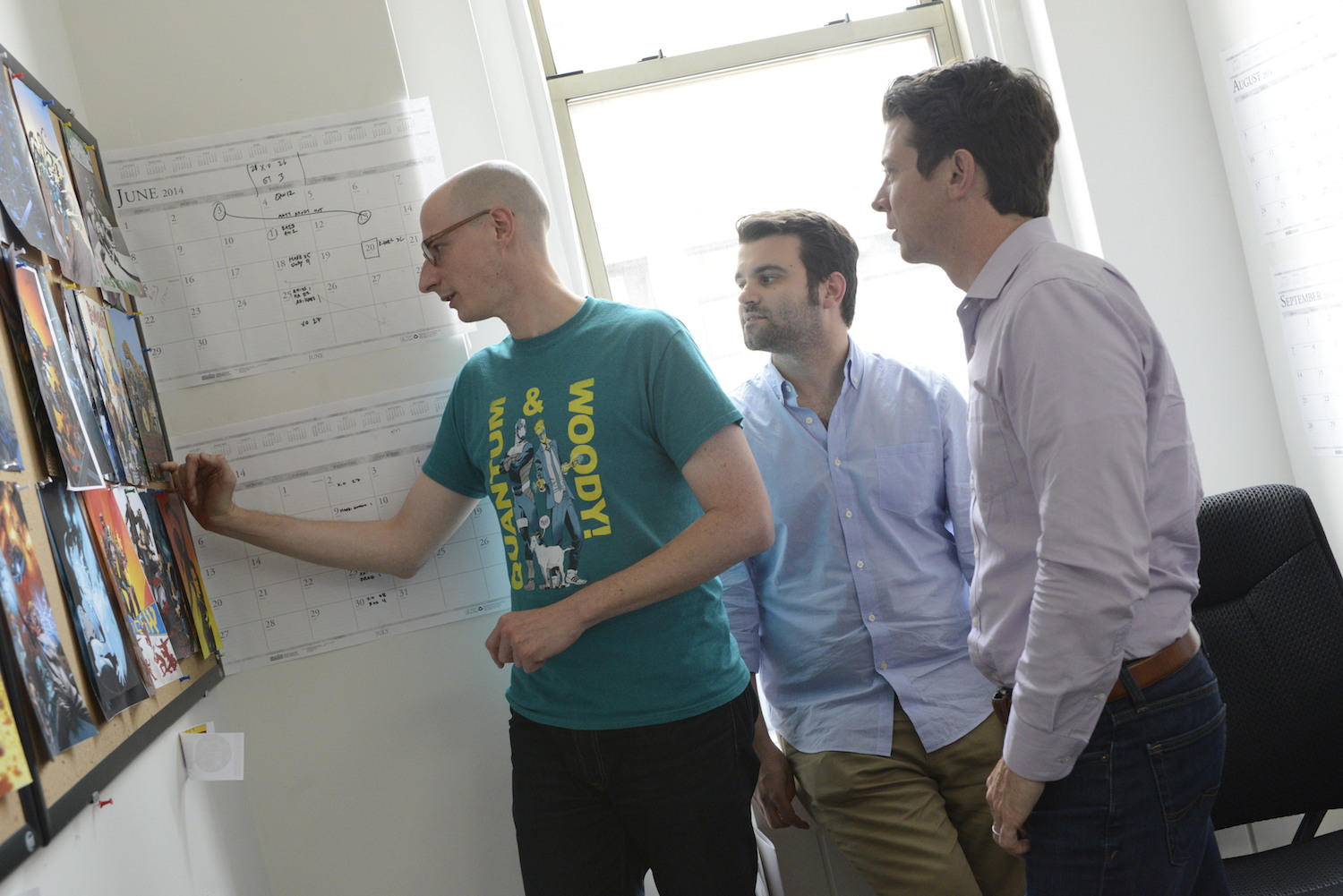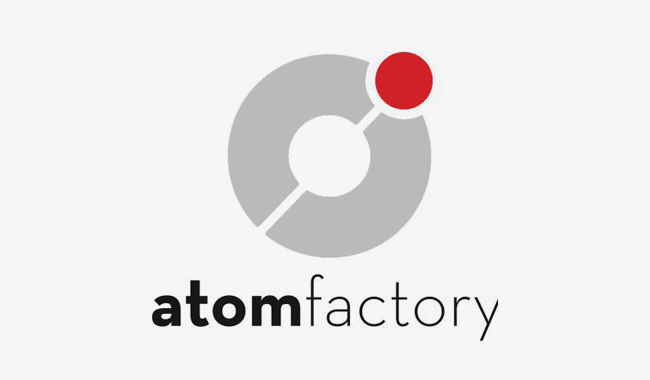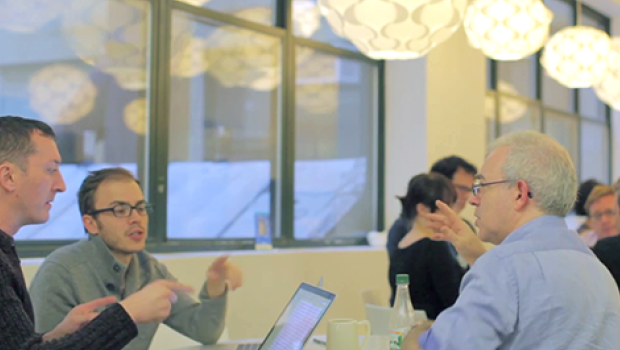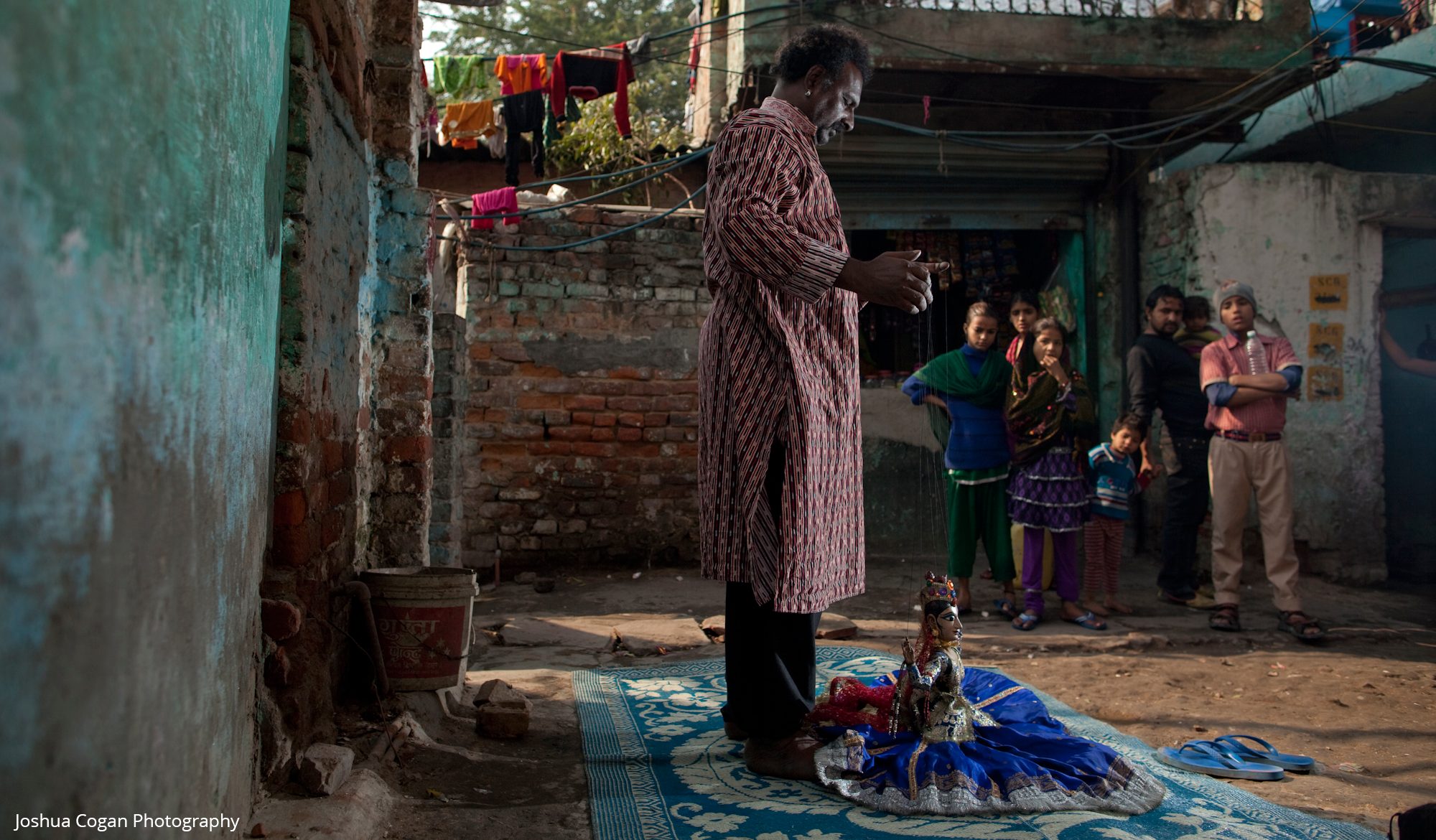
How an award-winning documentary was made in record time with Dropbox Pro
Published on April 22, 2015
In 2013, Jimmy Goldblum and Adam Weber were nearly finished editing a documentary they'd spent the last two years filming in India. A few months before the documentary was due to premiere at film festivals across the country, the story behind the film took such a pivotal turn that the directors had no choice — they had to go back to India and keep shooting. The finished product was a documentary that had been reworked so quickly, that it ended up having a huge impact on the very story it was telling.
The documentary, called Tomorrow We Disappear, follows the story of an artist's colony in India that's facing displacement over a new commercial development. For decades, the Kathputli colony — situated on government land in New Delhi — has been home to 2,800 families of world-renowned magicians, acrobats, and puppeteers.
But when the land was sold to a developer with plans to build New Delhi's first-ever skyscraper, the colony was told they had to move to temporary camps to make way for construction. Then when construction was finished, most of the families would be given flats in the new skyscraper. But to the artists, this land was not just where their homes sat on the earth. They saw the land as a unique, irreplaceable place that facilitated their lifestyle in a way that modern apartments never could.
This was the story that Jimmy and Adam wanted to tell — how an entire colony of people has grappled not only with their impending eviction, but a complete upheaval of their way of life.
When the documentary project was just getting started, Jimmy was living in New York while his co-director Adam was in Los Angeles. They'd been sending notes and materials back and forth so much that they started using Dropbox as a way to keep everything in one place. As they started filming, it became clear that Dropbox was the ideal way to store and share footage, too. So Jimmy upgraded to Dropbox Pro to manage and share those large files.
"It was an easy way for me to store a ton of stuff in a place that would be accessible to me and everyone I work with," he said. Jimmy and Adam used Dropbox Pro throughout the entire filming process, and that January, the team was back in New York working on final edits before the film would make the festival rounds in the spring. Around this time, the Indian government finished building the temporary camps and were preparing to evict the colony — in response, the artists were beginning to organize and stage protests. They decided that they needed to do the story justice: Jimmy would return to India to get more footage, while Adam would stay in New York and direct the edit.
Once Jimmy got back to Kathputli, he and Adam began the difficult task of taking a nearly finished feature-length documentary, and updating it with fresh footage — just weeks before the Tribeca Film Festival submission deadline. This was an unusual approach because, as Jimmy explains it, making a documentary is much different from shooting a narrative film — you have no script to rely on. So you film as much pertinent footage as you can, then arrange the footage in the edit to hopefully reach a cohesive story.
"We ended up shooting and editing a documentary at the same time — in real time."
And there was yet another complication to contend with while filming — time. It usually takes several days to get footage from director to editor when they're half a world apart. Typically, the crew would film for a day, then send a hard drive full of footage from India to New York via overnight shipping. By the time the drive made it across the world, through customs, and into the editor's hands, the footage would be three days old. For the film’s purpose, this just wouldn't be fast enough.
So Jimmy and Adam found a way to speed things up: Jimmy used the Dropbox Pro account to get footage to his editors on a daily basis. Every day when he woke up in India, the editing team in New York would have an entire day's worth of feedback for him — the editor would ask him to get more shots of certain things, or delve deeper into specific parts of the story. Then at the end of the day, Jimmy would upload the footage to a Dropbox shared folder before going to bed, so the editing team back home would wake up to a fresh batch of footage to work with.
They repeated this process every day until they were happy with the documentary. "It actually changed the way I was directing in India," he explained. "Adam and our editor would get me much quicker feedback on what was working in the edit, and what wasn't."
"Dropbox changed the game for us. The editors were able to get to work within hours of me filming something."
When all was said and done, Tomorrow We Disappear was nominated for best documentary at the Tribeca Film Festival, and named one of the 20 best documentaries of 2014 by Indiewire. The plight of the Kathputli colony began receiving attention worldwide — in part because of Jimmy's film — and the government decided to let the artists remain in their homes until a better plan was developed.
Here's how Jimmy sums it up: “Usually with a documentary, you film the story and your movie comes out years later. With help from Dropbox, we were able to launch a social justice documentary while everything was still happening to the artists.”
Tomorrow We Disappear will be available through digital and VOD in mid-July. You can pre-order the film from their website, www.twdfilm.com, and follow along on Facebook.

